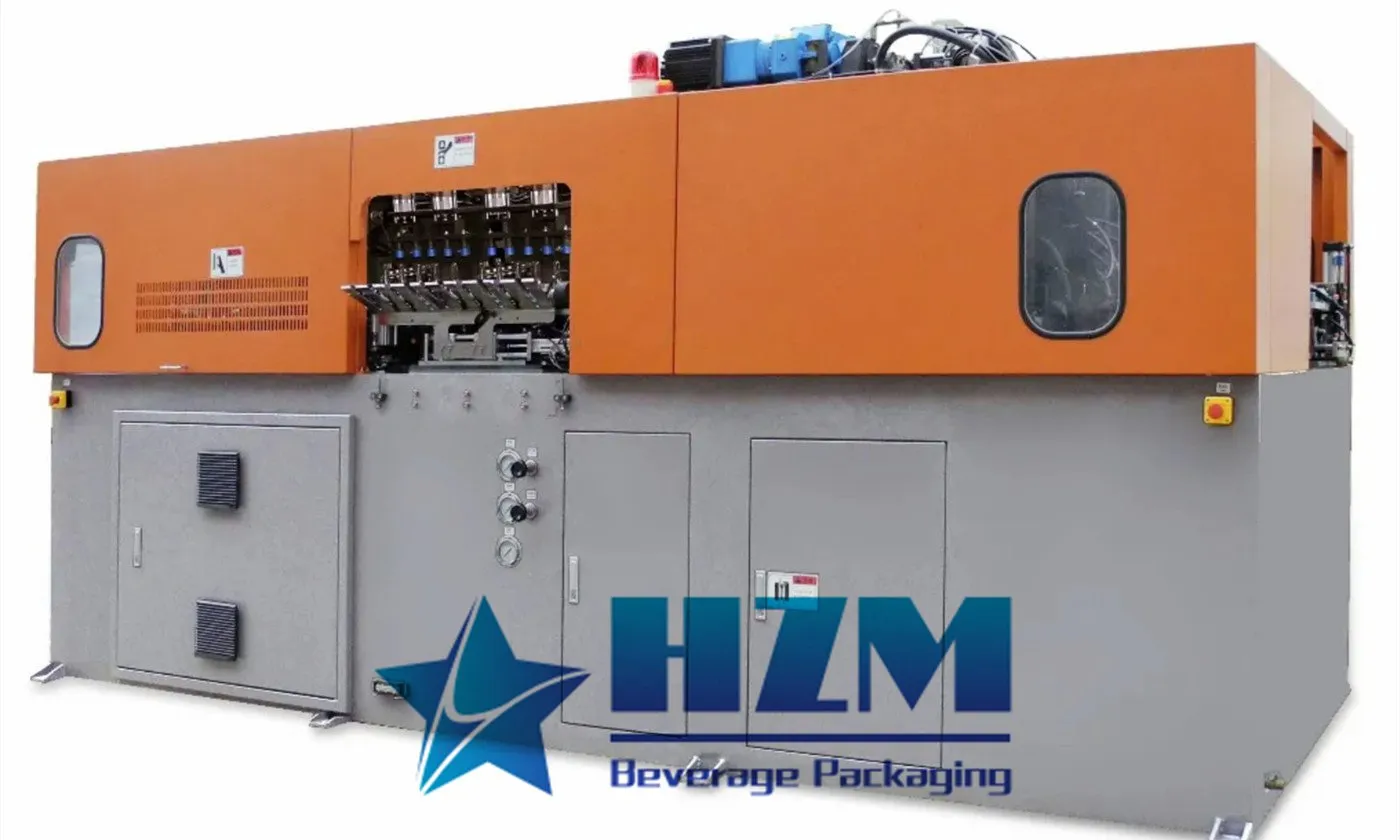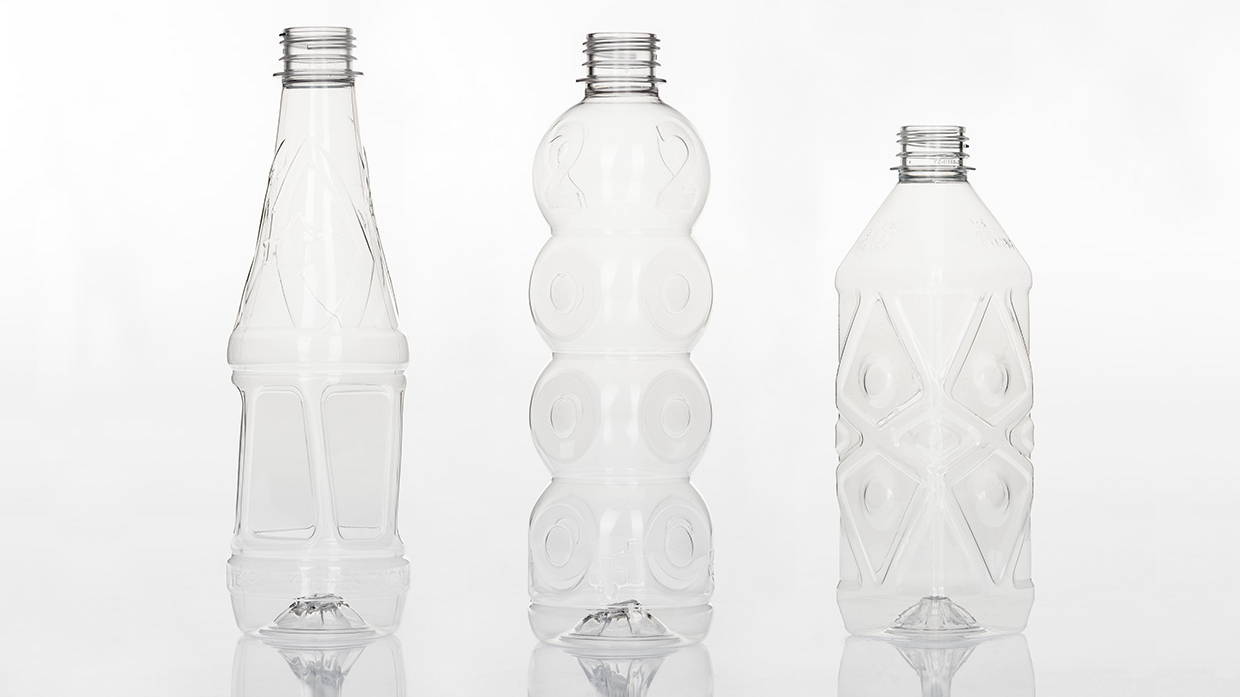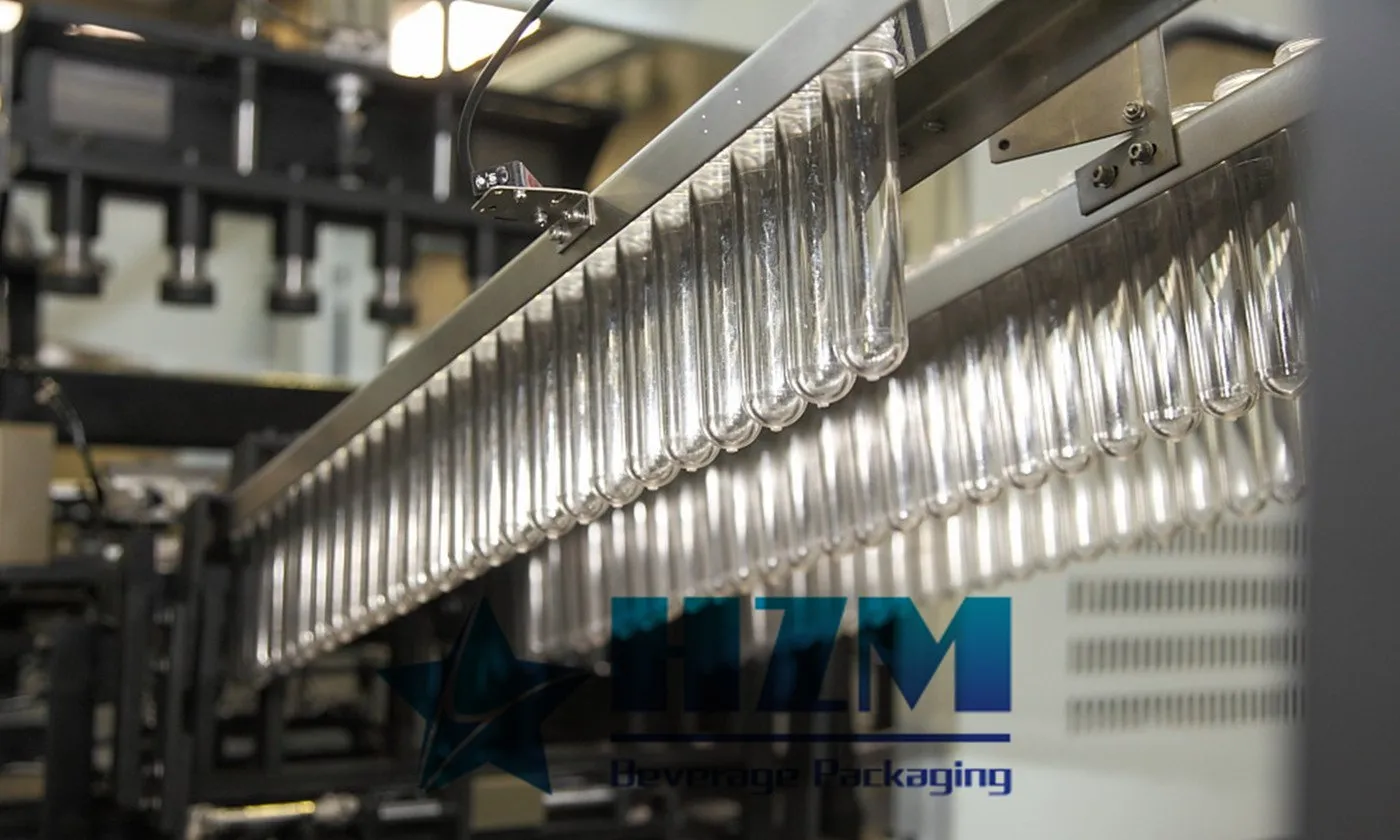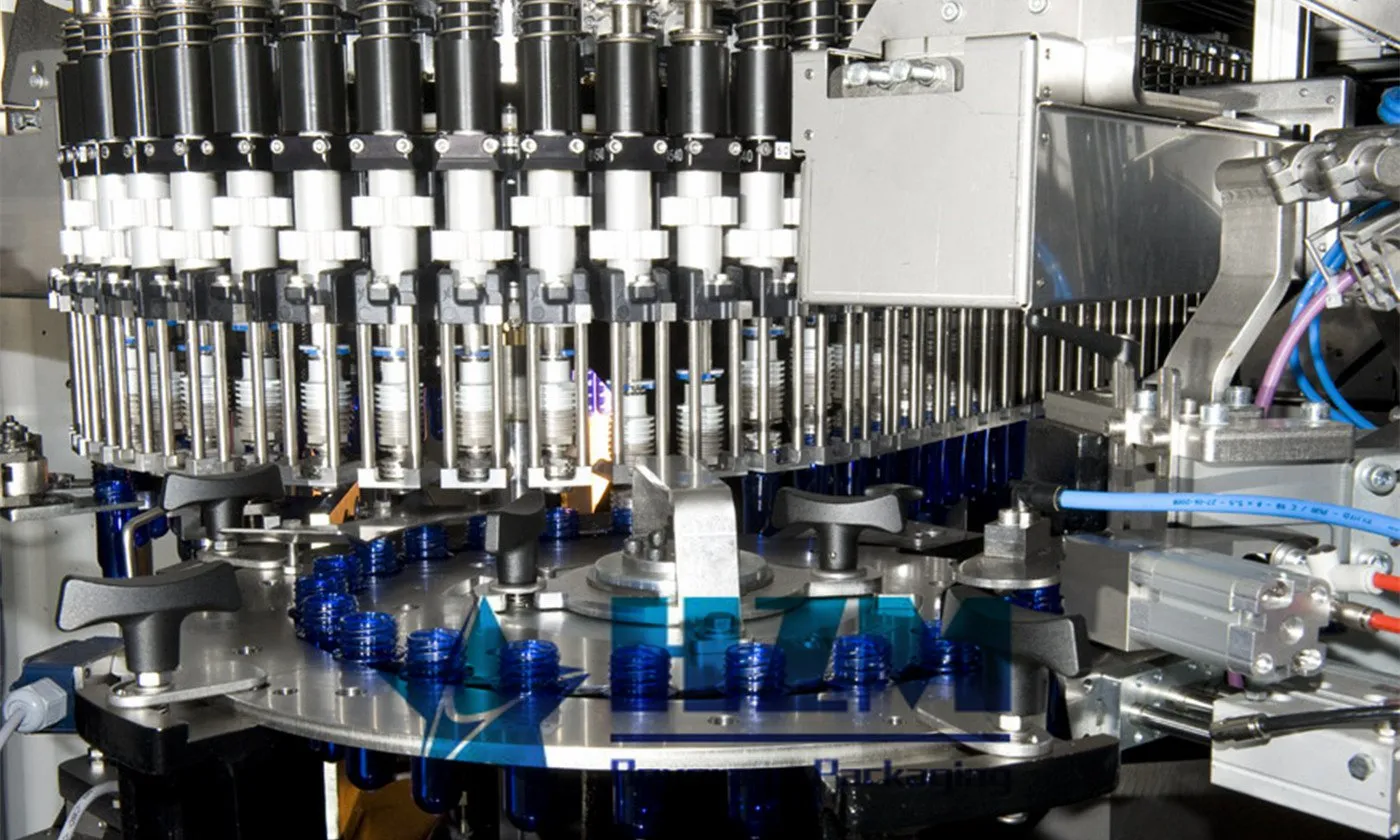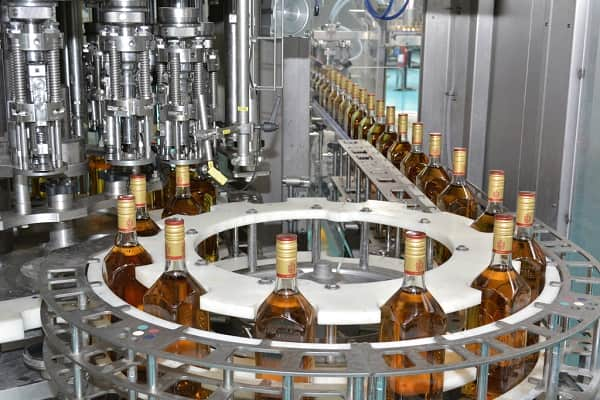Optimized Production Process for Plastic Extrusion Blow Molding Machine
Equipment and Material Preparation:
Choose appropriate plastic extrusion blow molding equipment, molds, and auxiliary machines according to the products to be manufactured. The most commonly used material is HDPE, known for its stable performance and low production cost.
Material Handling:
-
- Plastic pellets are fed into the hopper through an automatic feeding system.
- In the screw barrel, the pellets are heated, mixed, and melted to form a molten state.
- The molten material is extruded through the machine head to form a plastic tubular preform.
Molding Process:
-
- The preform enters the mold while the mold gradually closes.
- After the material in the accumulator head is extruded, the bottom blowing device blows air into the preform while the mold closes completely.
- The preform inside the mold is expanded by air, preliminarily forming the shape of the mold.
Cooling and Removal:
-
- After the preform is initially formed, the cooling system starts working to cool the mold and product.
- The mold opens, and the finished product is removed to complete the production process.
Operating Procedure for Plastic Extrusion Blow Molding Machine:
- Before starting the machine, ensure the cooling water channel is clear.
- Turn on the internal power supply and start the oil pump motor.
- Switch on the heating switch, set the temperature, and control the process.
- Check the current in the heating coil to confirm the heating system's condition.
- Run the machine without load for a few minutes if it is being used for the first time or after a long idle period.
- Conduct trial operations manually, semi-automatically, and fully automatically to ensure smooth operation in different production states.
- Inspect all components and bolts for tightness and address any abnormalities.
- Stop immediately and inspect for repairs if any anomalies occur, and resume operation only after addressing the issues.
Points to Note:
- Operators must undergo specific professional training.
- Do not insert hands deep into the mold locking mechanism.
- Close the oil pump motor when inspecting or repairing the mold.
- When debugging the mold, try to use the minimum locking force to save energy.
- When switching materials, heat the barrel and clean it, adding a suitable cleaning agent and starting from the feeding machine for thorough cleaning.
- Set the temperature based on the material with the higher melting point when using different materials.
- Reduce screw speed below 30 revolutions per minute when there is no available material in the barrel to avoid damaging the screw barrel.
- Adjustments to the oil pump safety valve are unnecessary after factory settings; otherwise, it may affect normal machine operation.
TAG: Blow Molding Machine

Update:Mar, 06 /2024

Author:HZM Machinery

Pageviews:319
PRODUCT
ARCTICLE
-
![Successful Delivery of New Blow Molding Machine to Indonesian Customer]() Successful Delivery of New Blow Molding Machine to Indonesian CustomerMar , 24 /2023
Successful Delivery of New Blow Molding Machine to Indonesian CustomerMar , 24 /2023 -
![The Edible Oil Bottle Blowing Machine: Unveiling Efficiency and Precision]() The Edible Oil Bottle Blowing Machine: Unveiling Efficiency and PrecisionMay , 12 /2023
The Edible Oil Bottle Blowing Machine: Unveiling Efficiency and PrecisionMay , 12 /2023 -
![Automatic Rotary Blow Molding Machine: Features, Applications, and Maintenance]() Automatic Rotary Blow Molding Machine: Features, Applications, and MaintenanceMay , 12 /2023
Automatic Rotary Blow Molding Machine: Features, Applications, and MaintenanceMay , 12 /2023 -
![Maintenance and Care of 5 Gallon Bottle Blow Molding Machine]() Maintenance and Care of 5 Gallon Bottle Blow Molding MachineJun , 06 /2023
Maintenance and Care of 5 Gallon Bottle Blow Molding MachineJun , 06 /2023





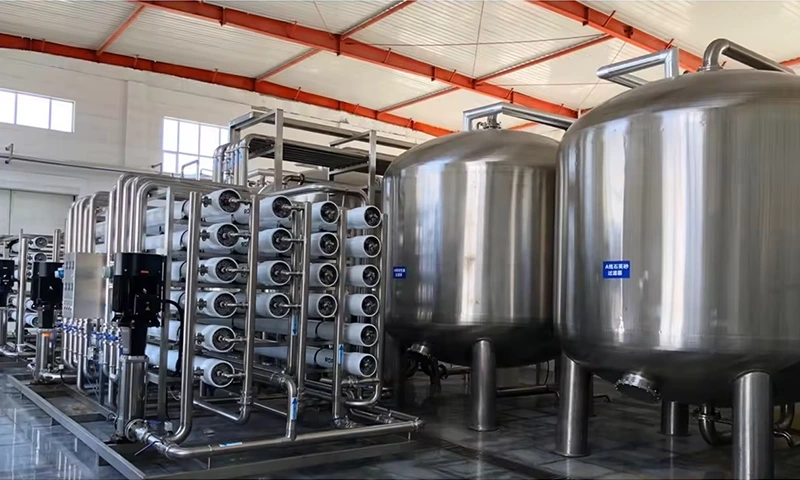
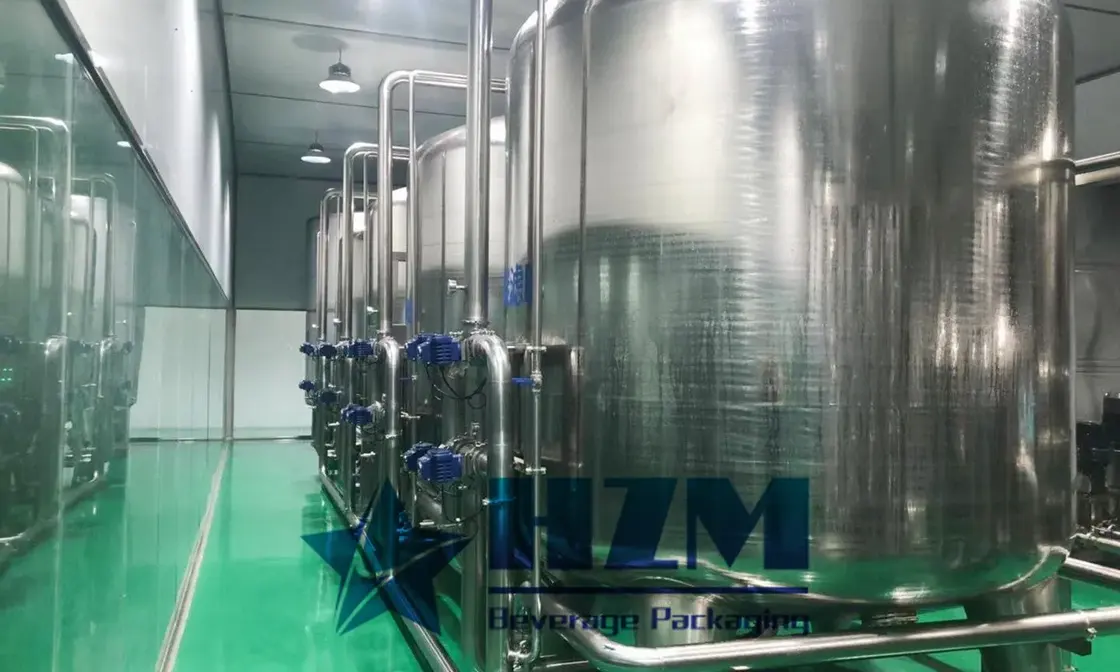
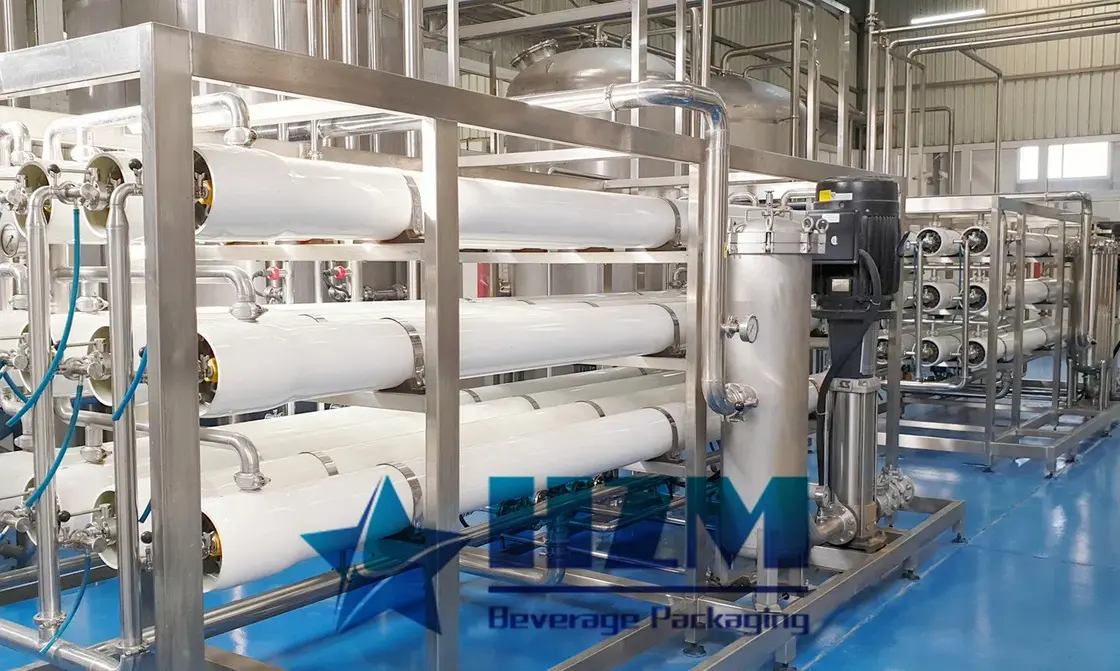
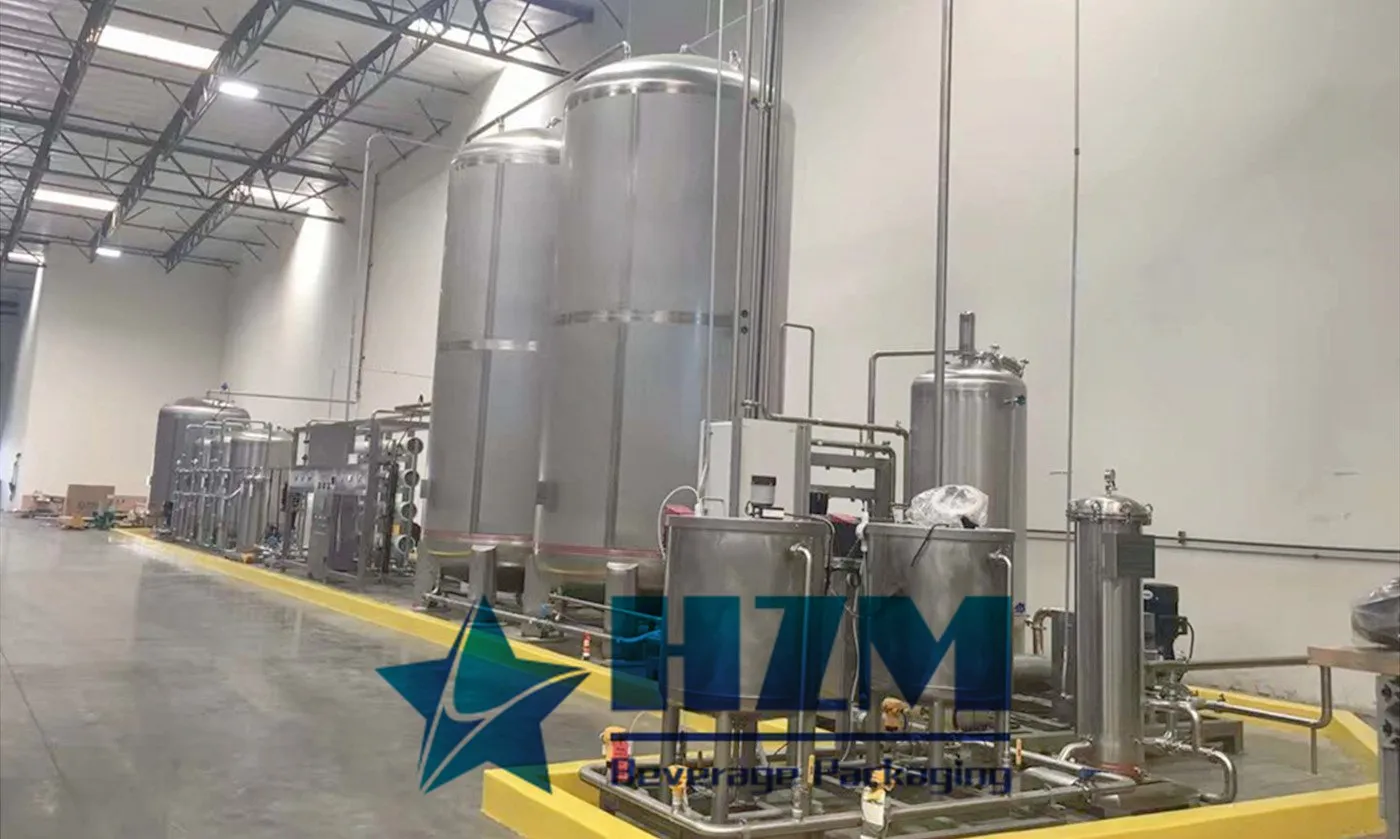
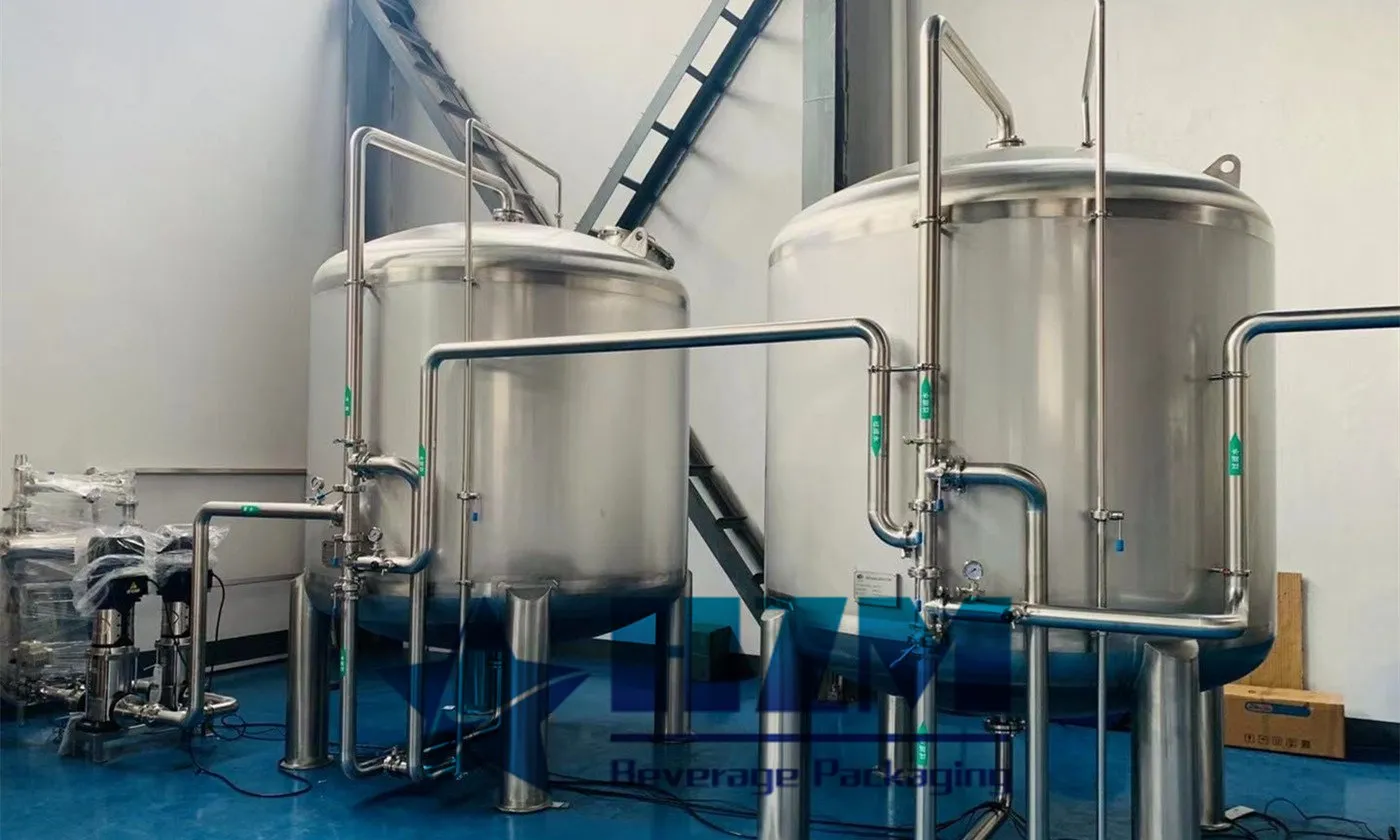
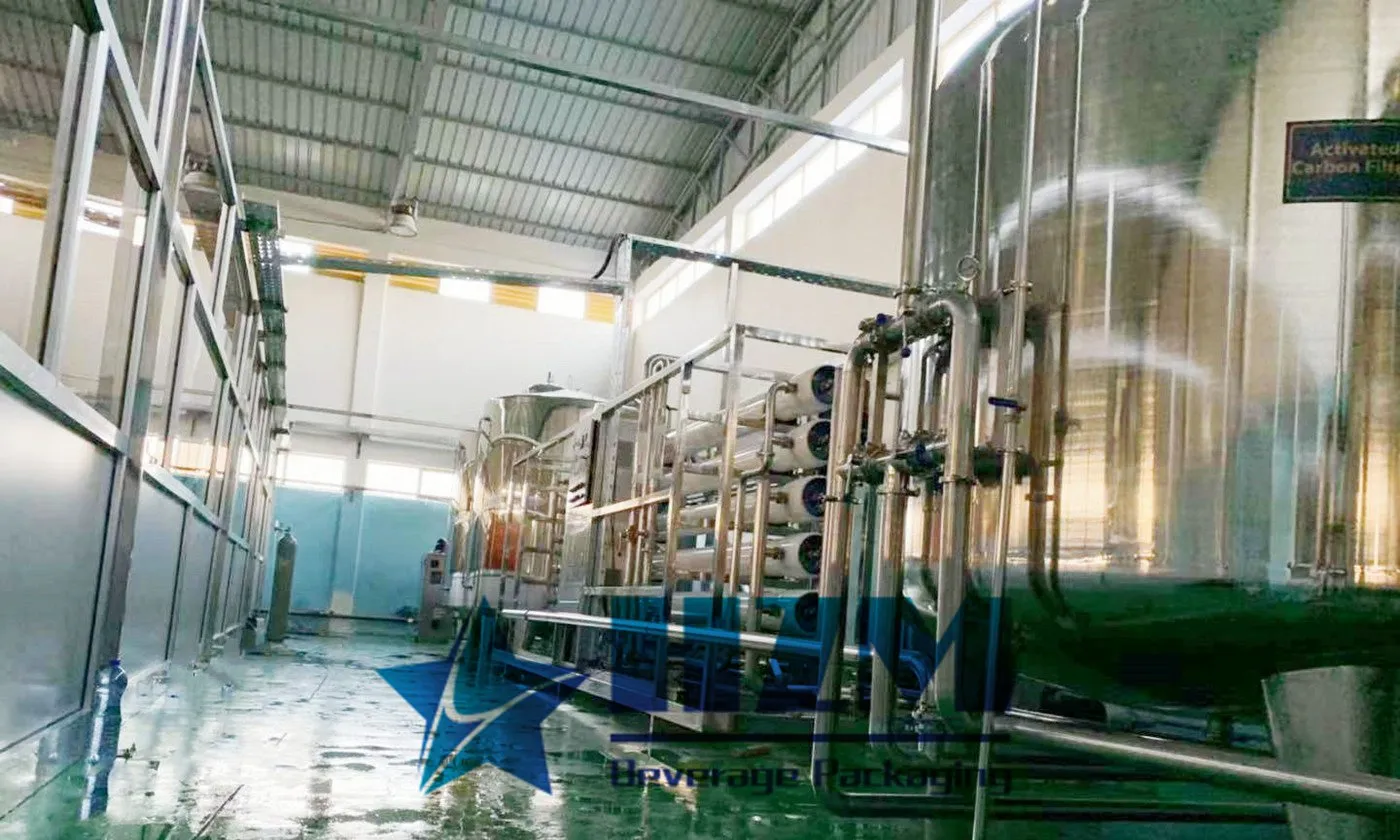
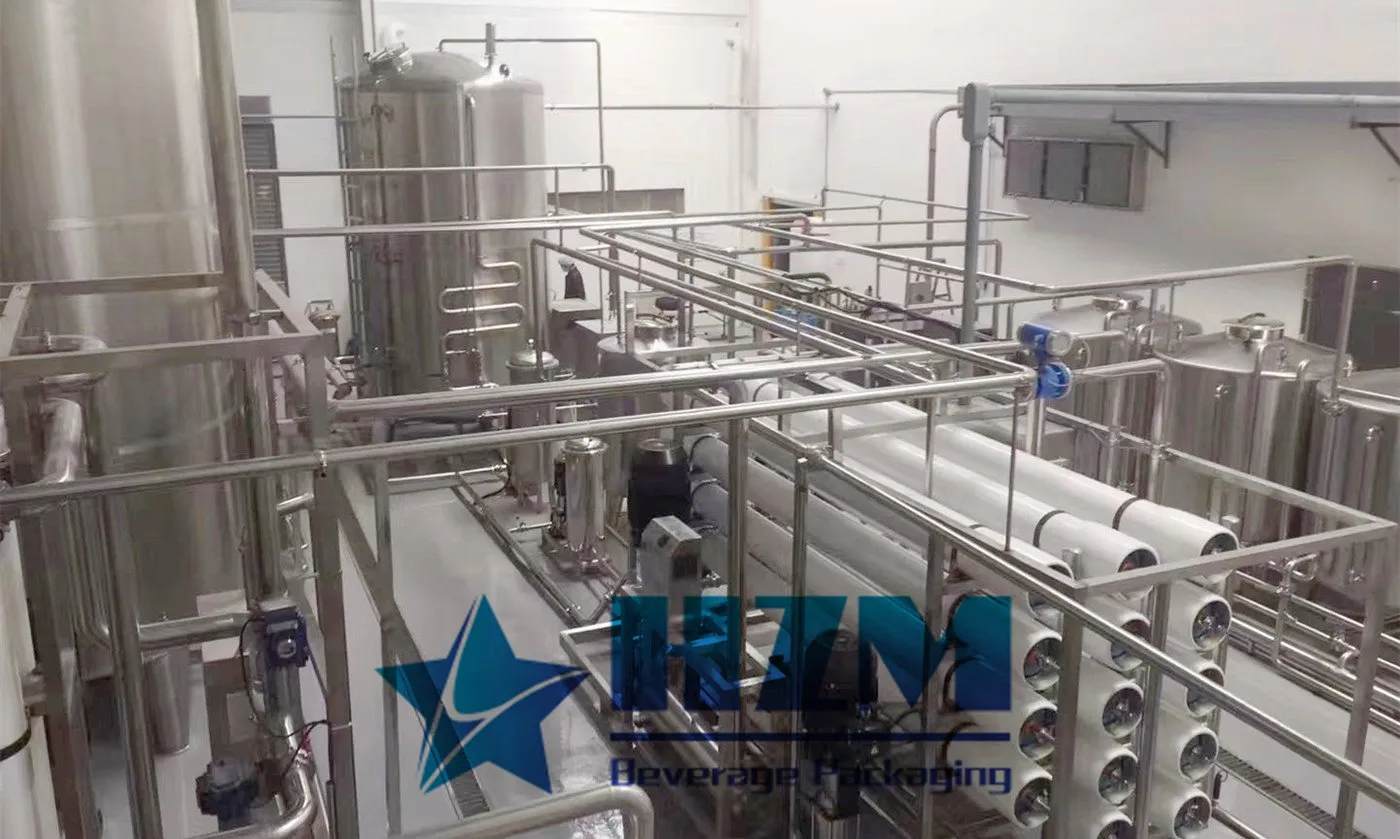
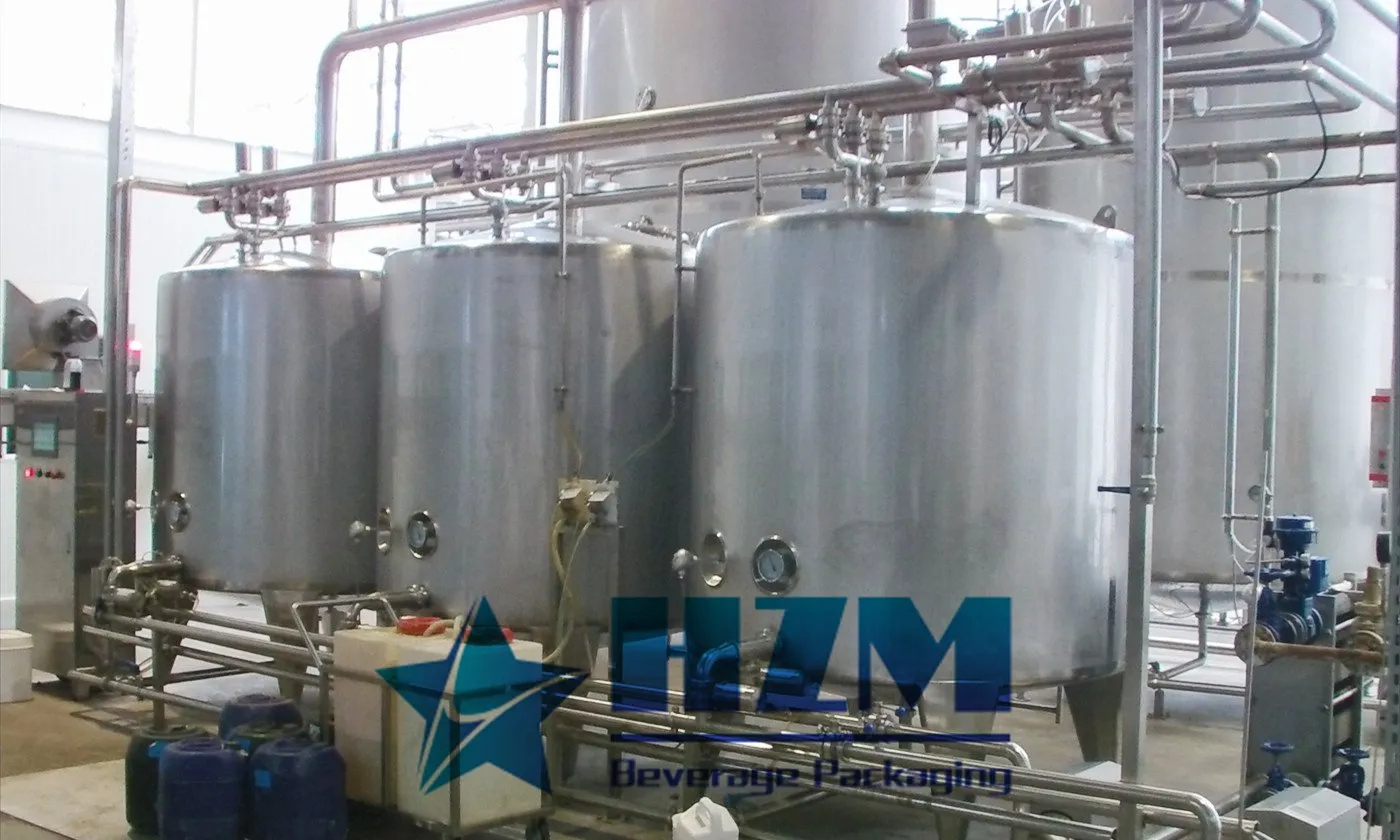
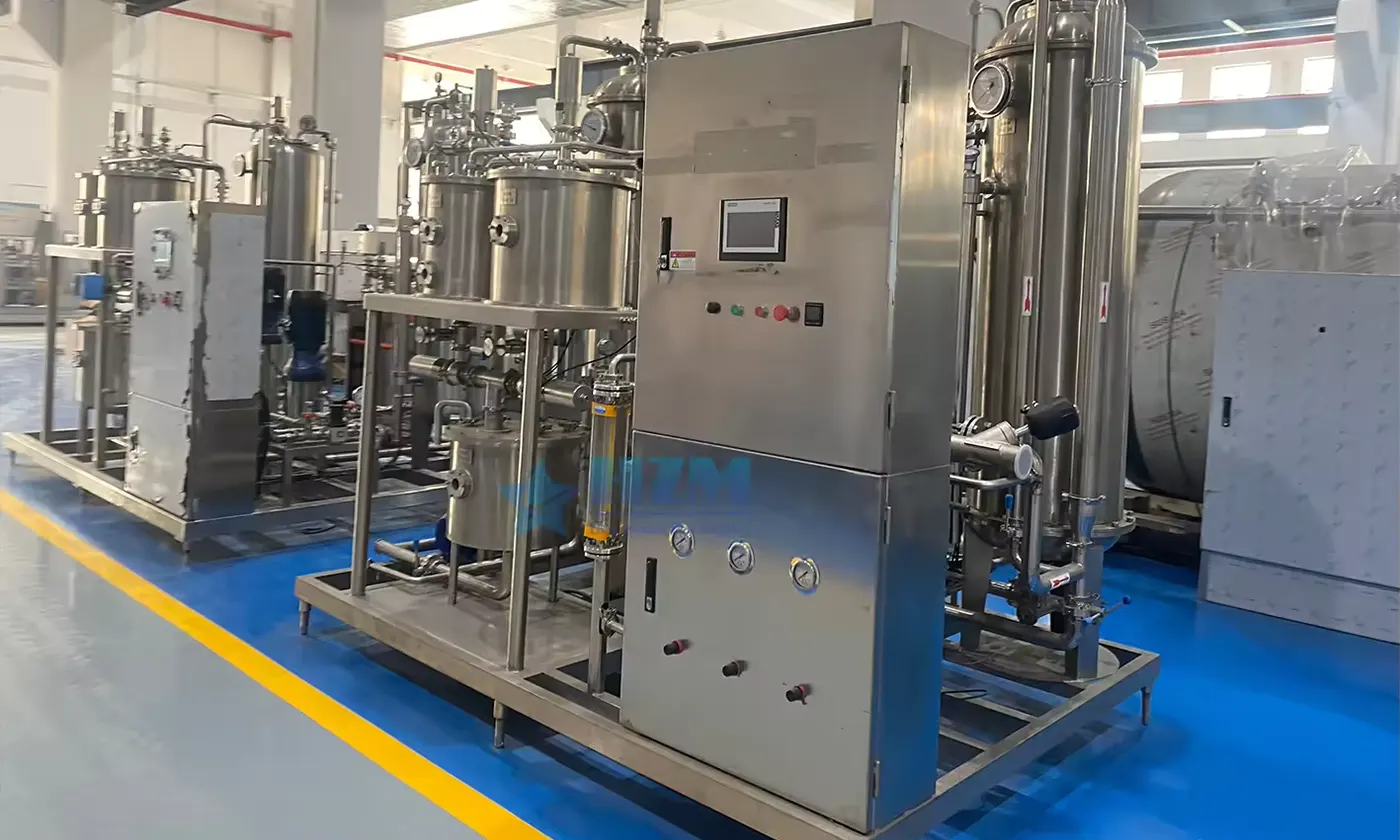
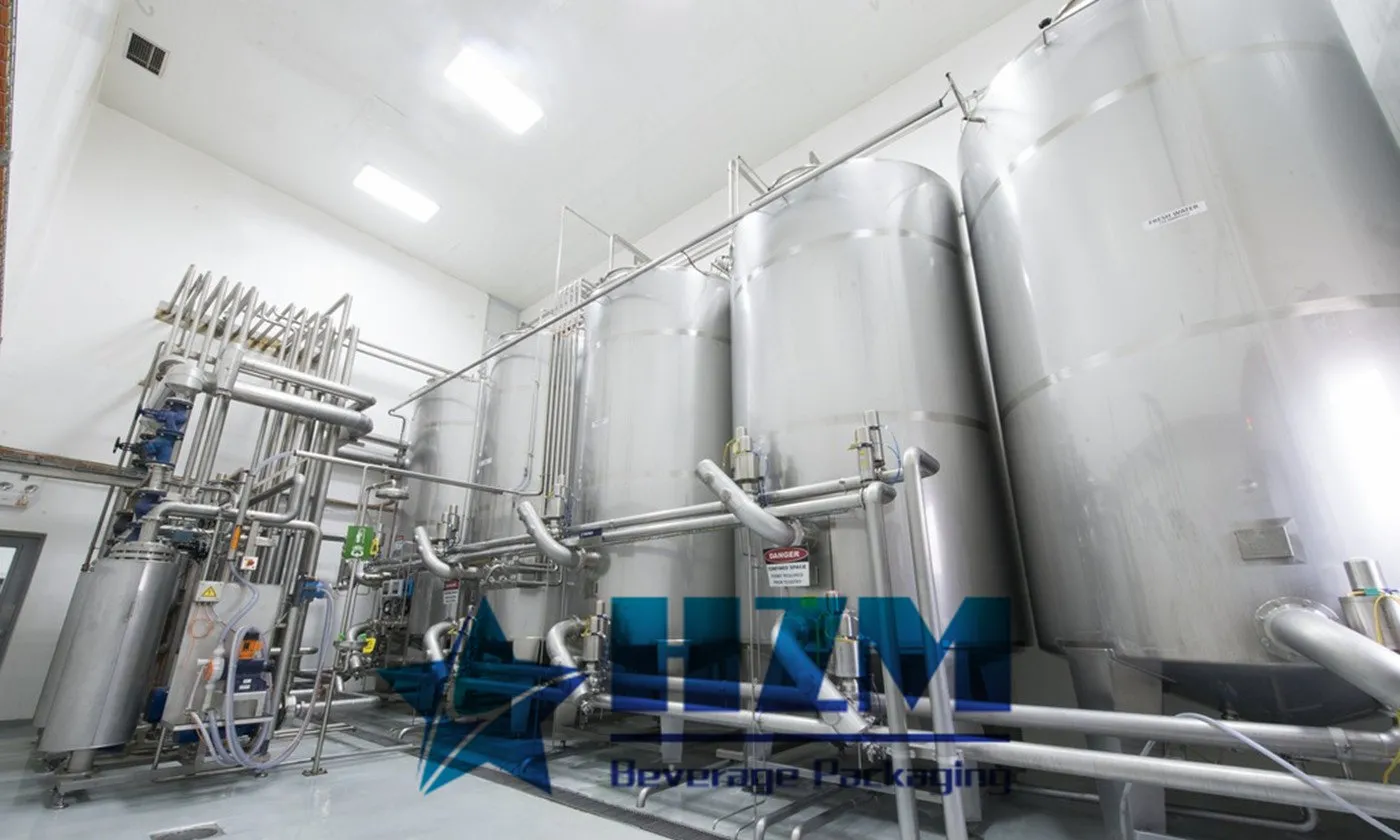
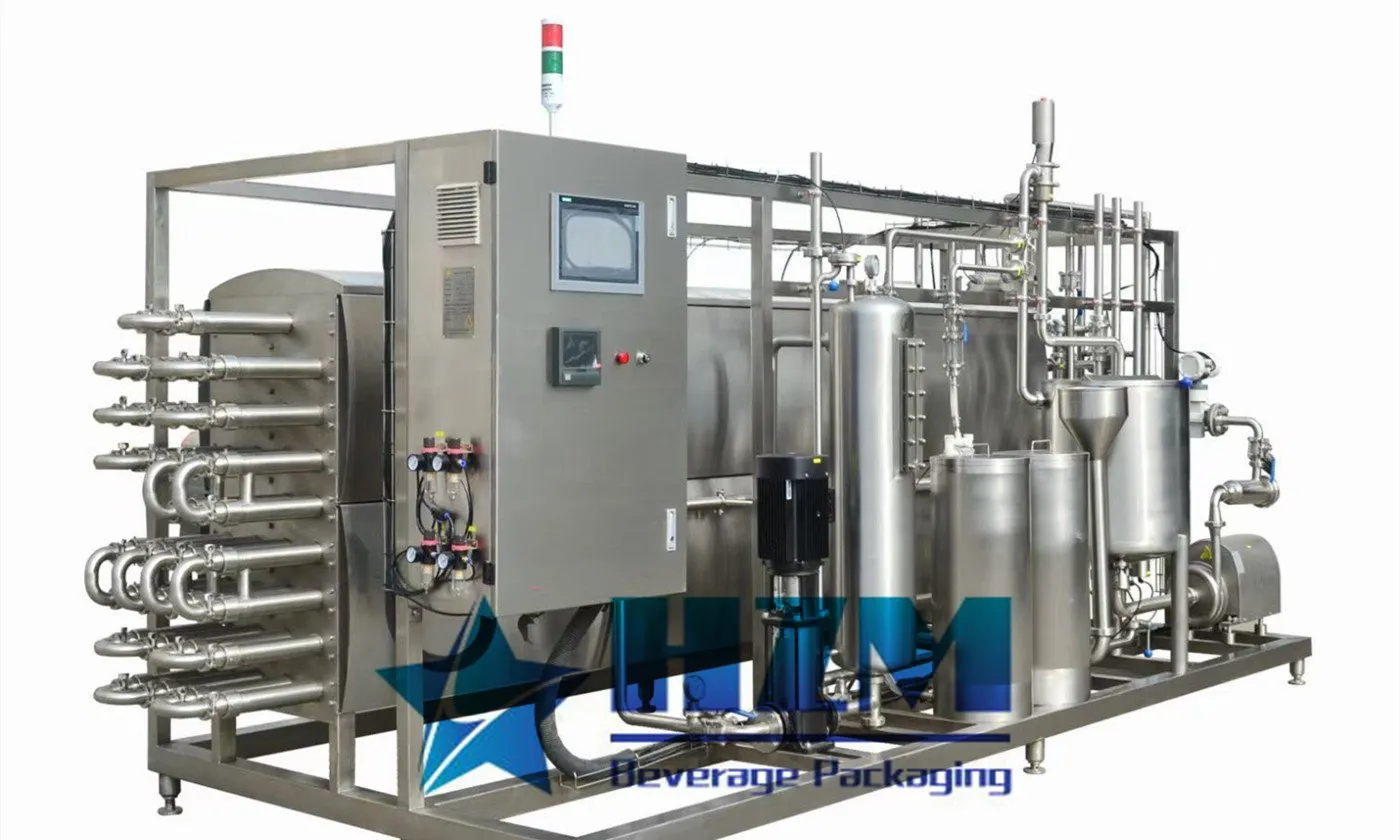
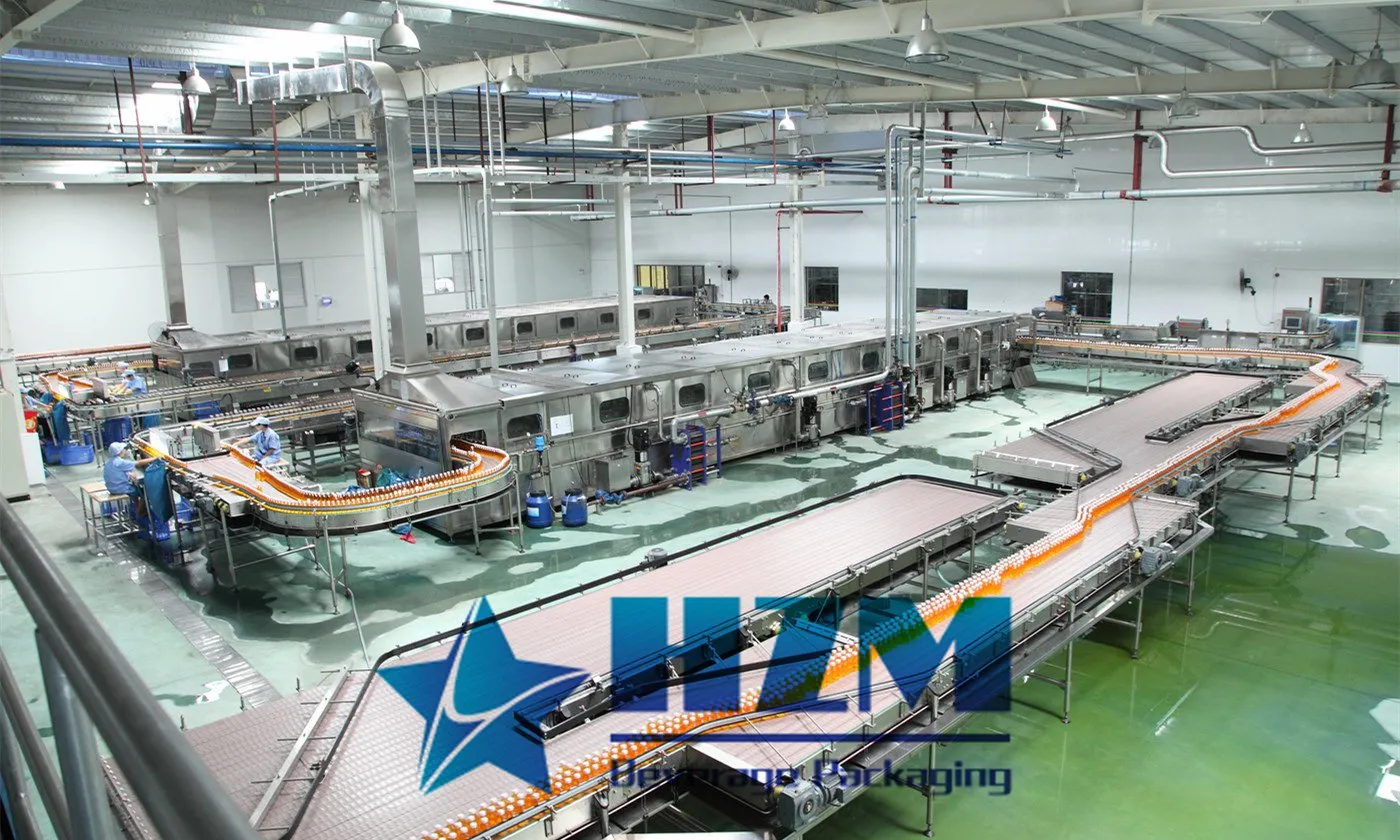
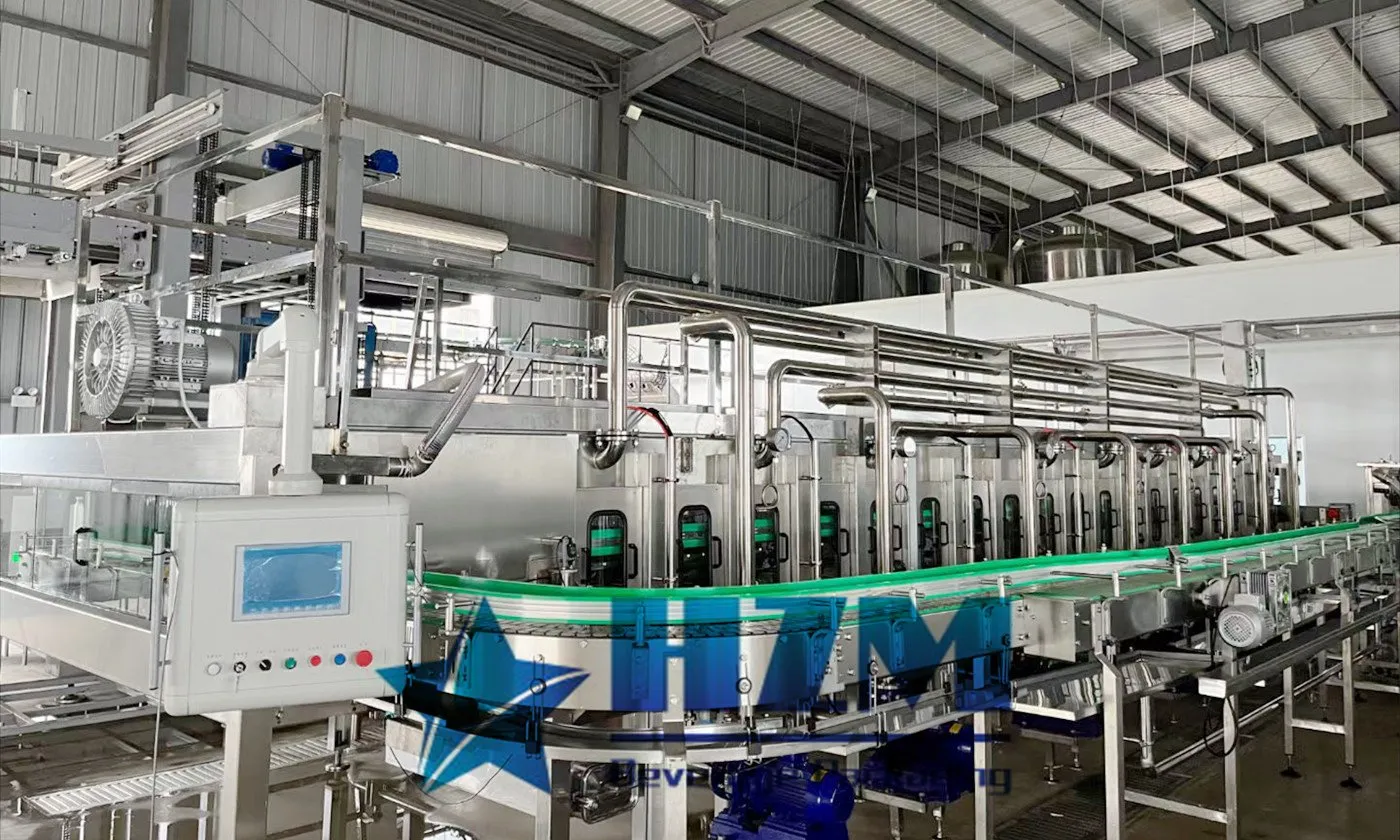
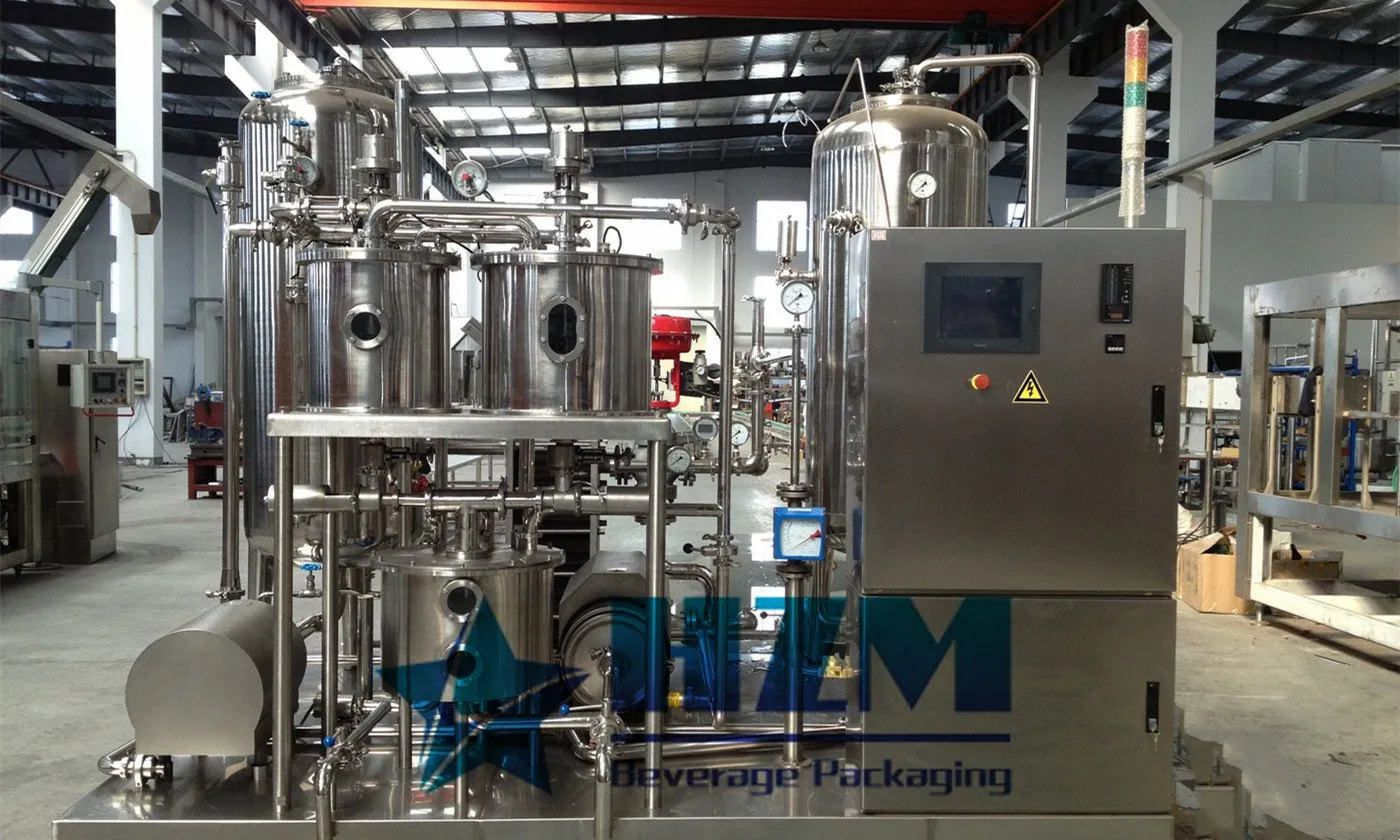
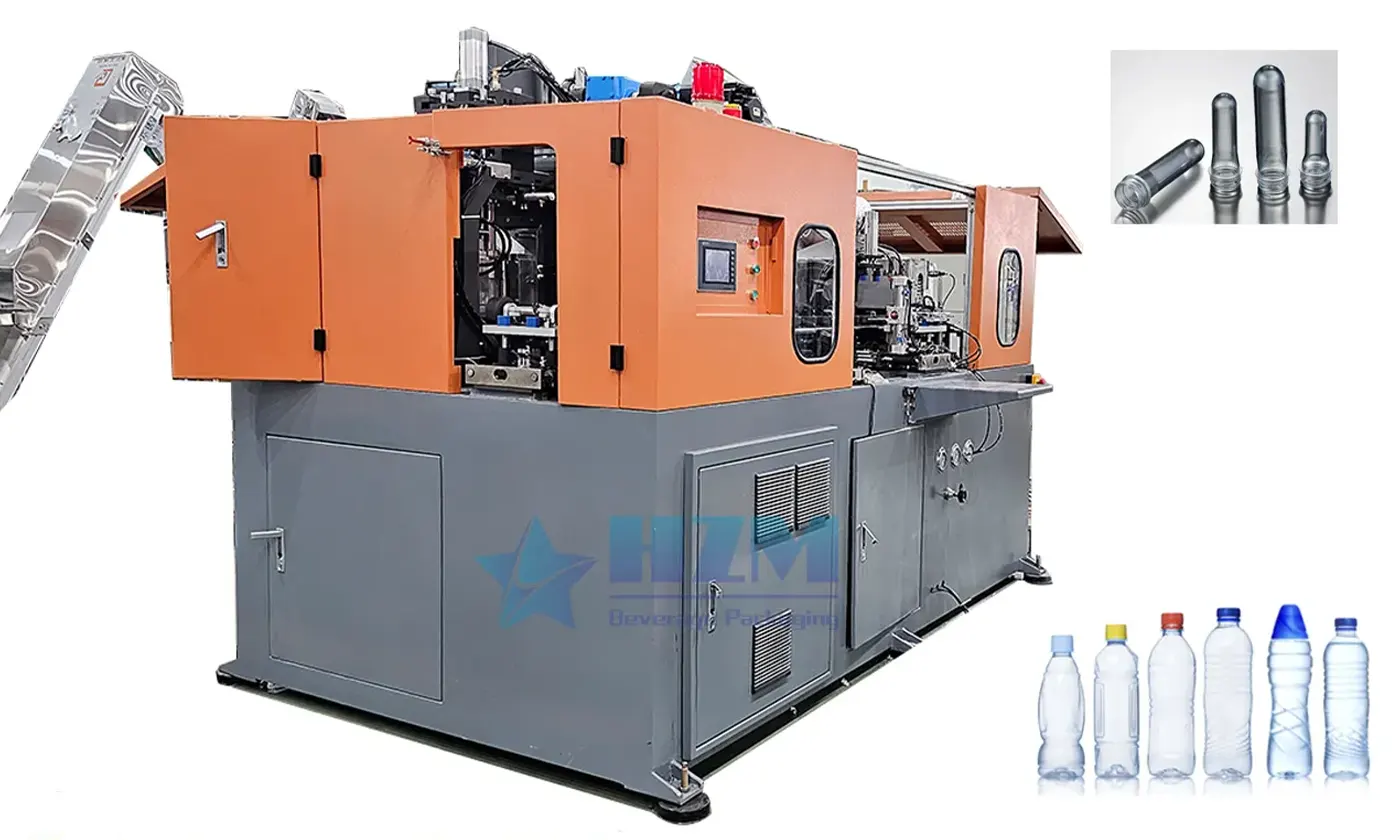
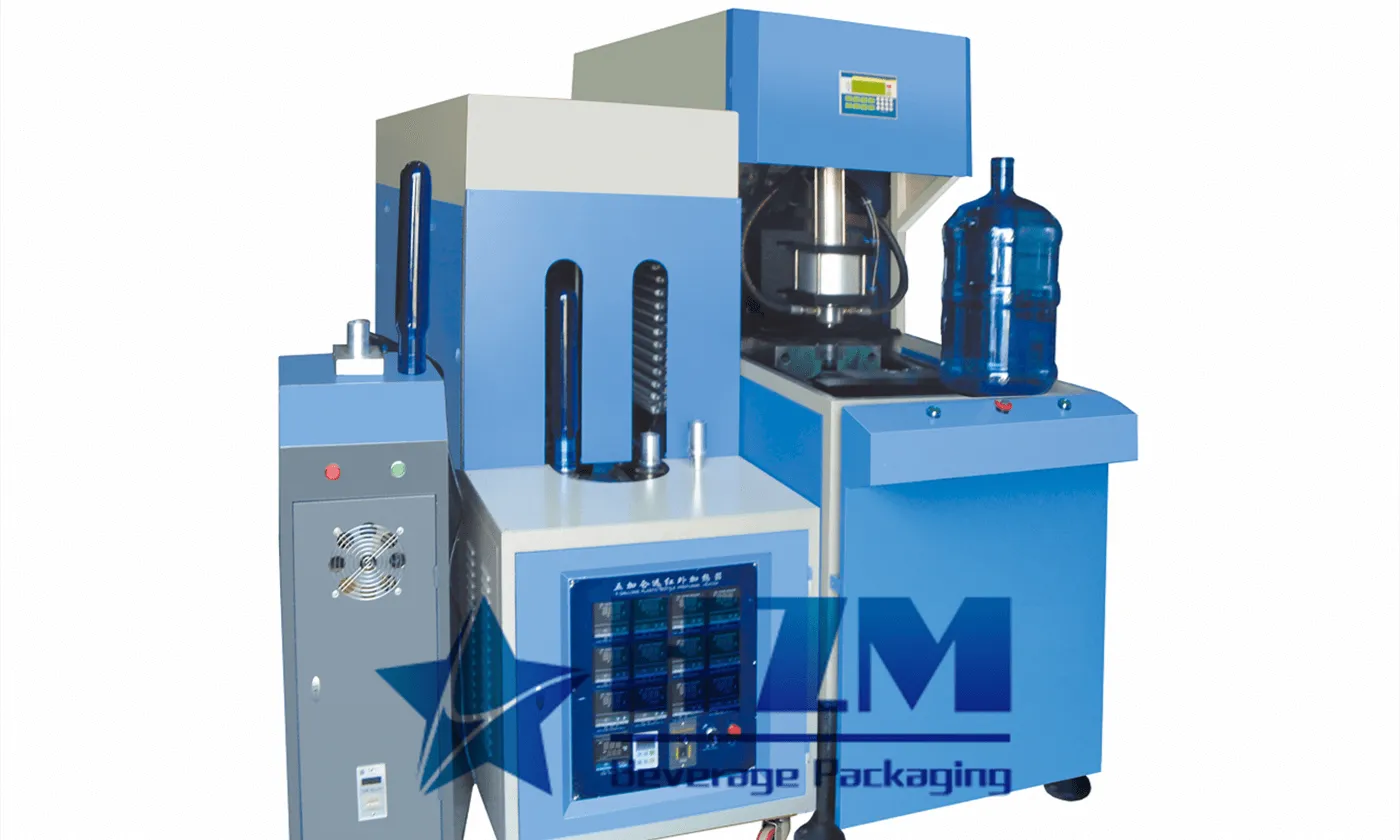
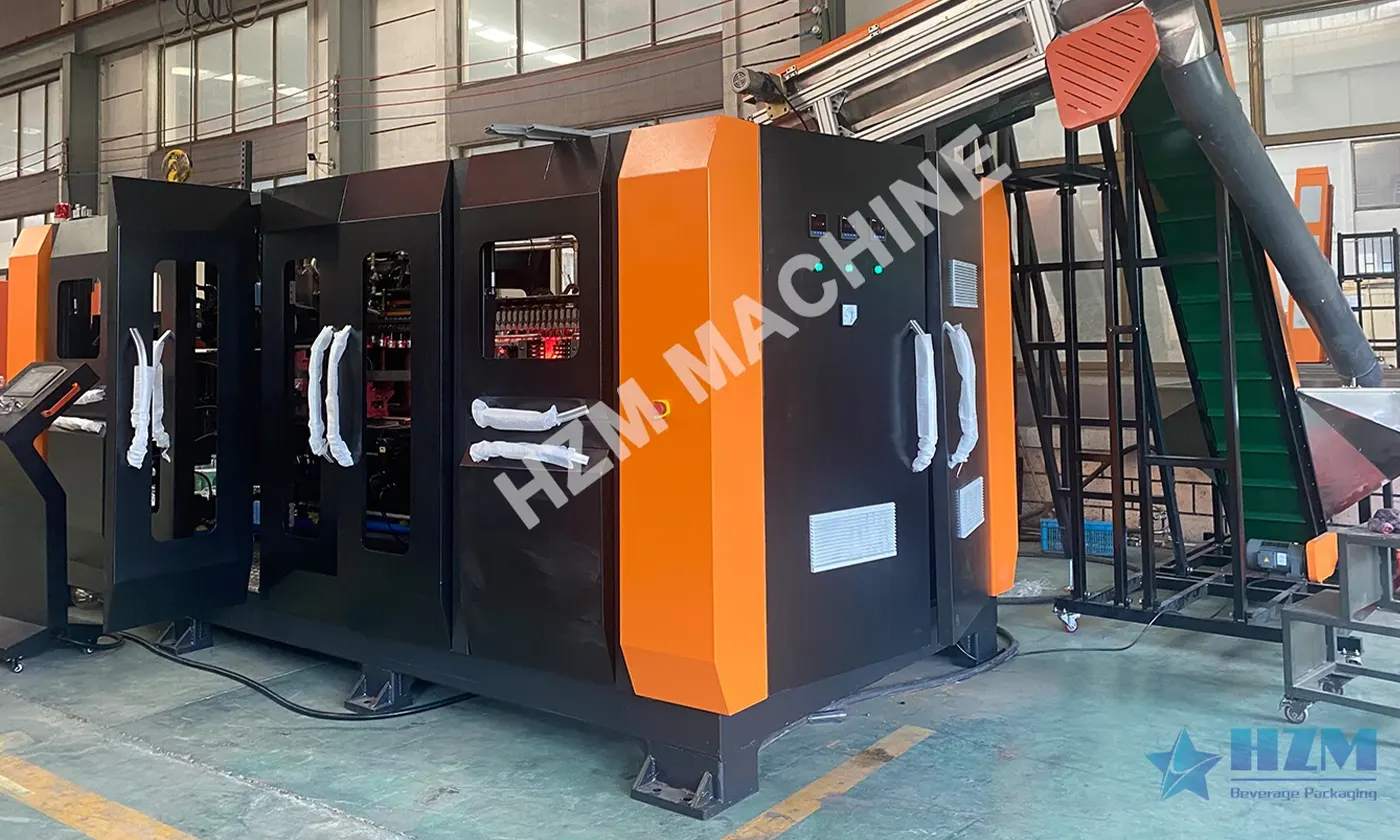
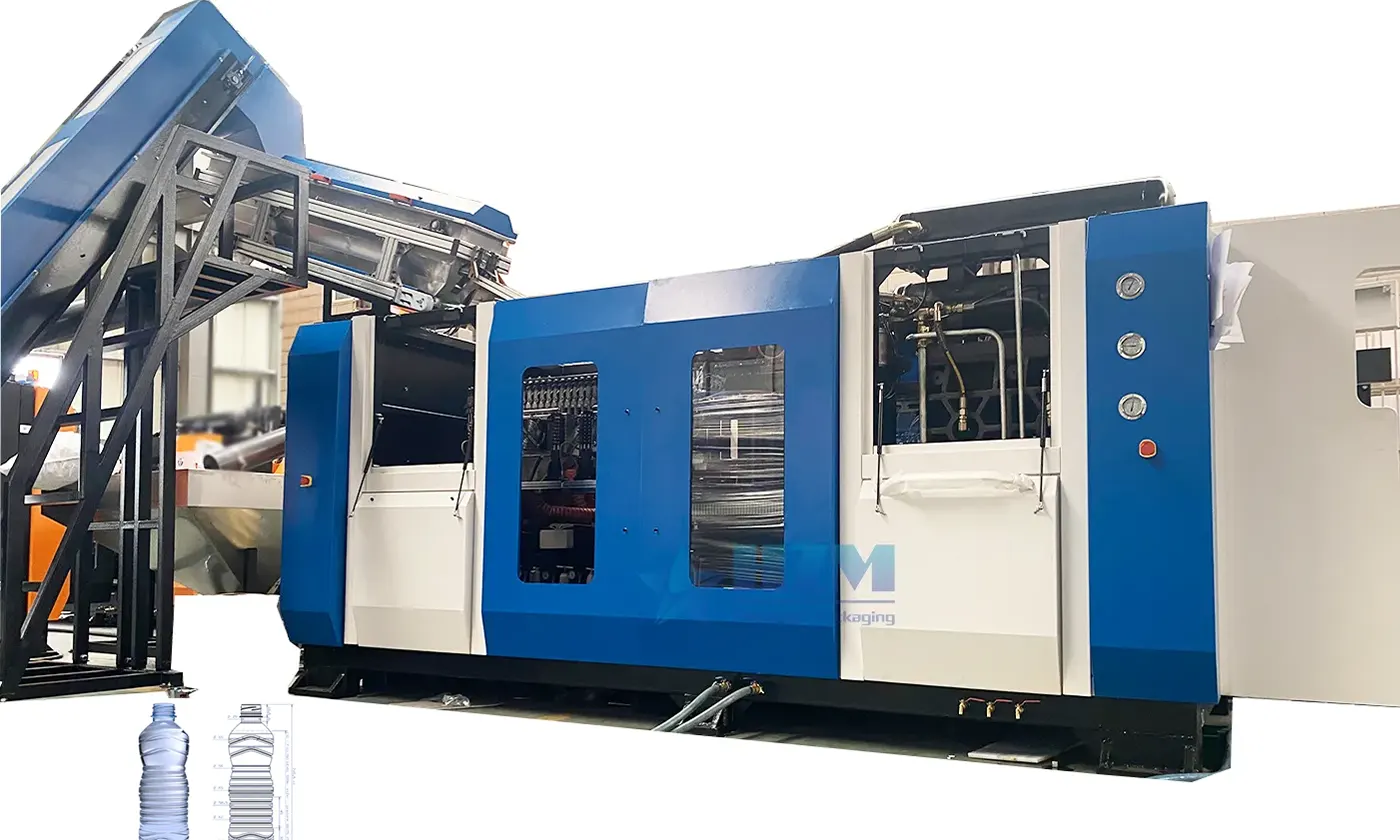
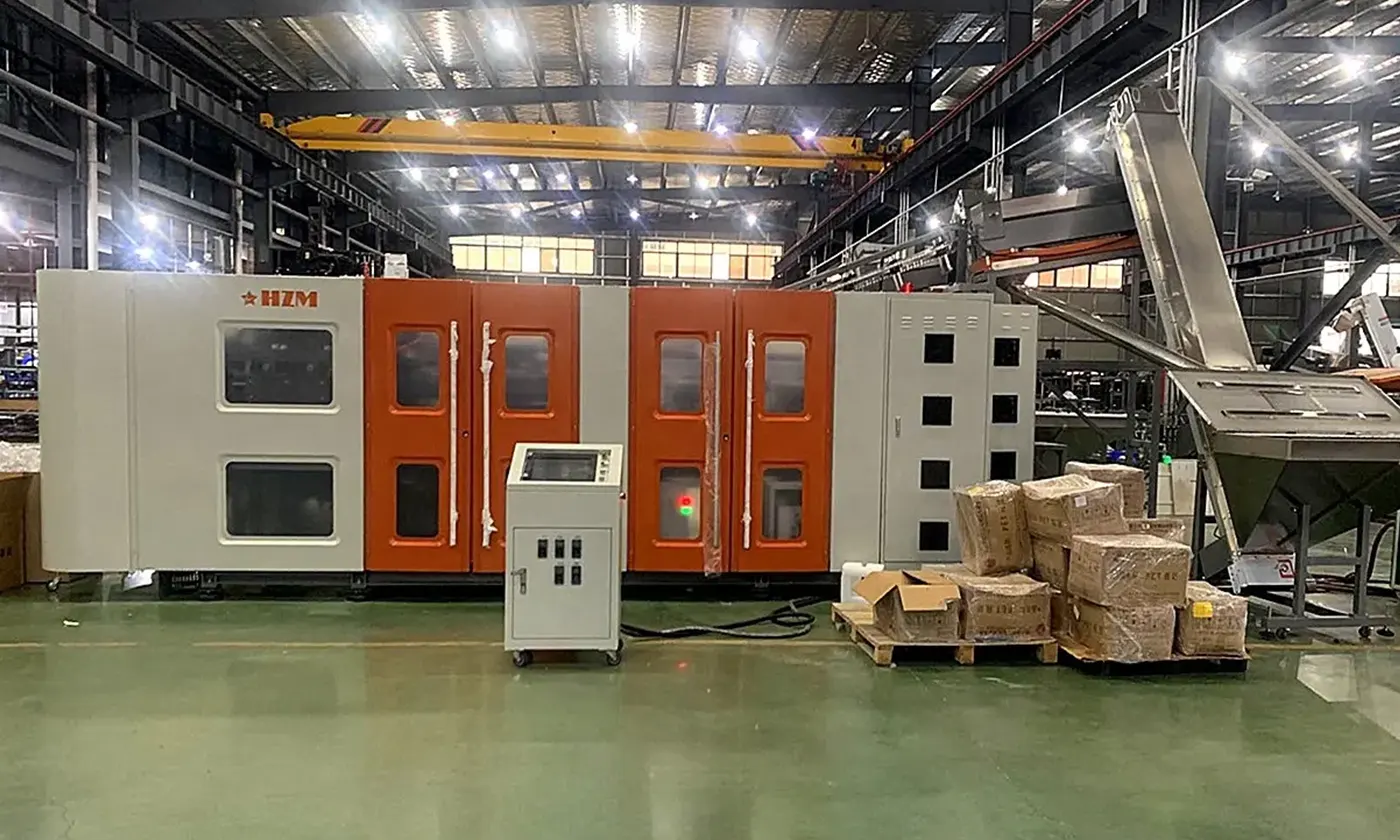
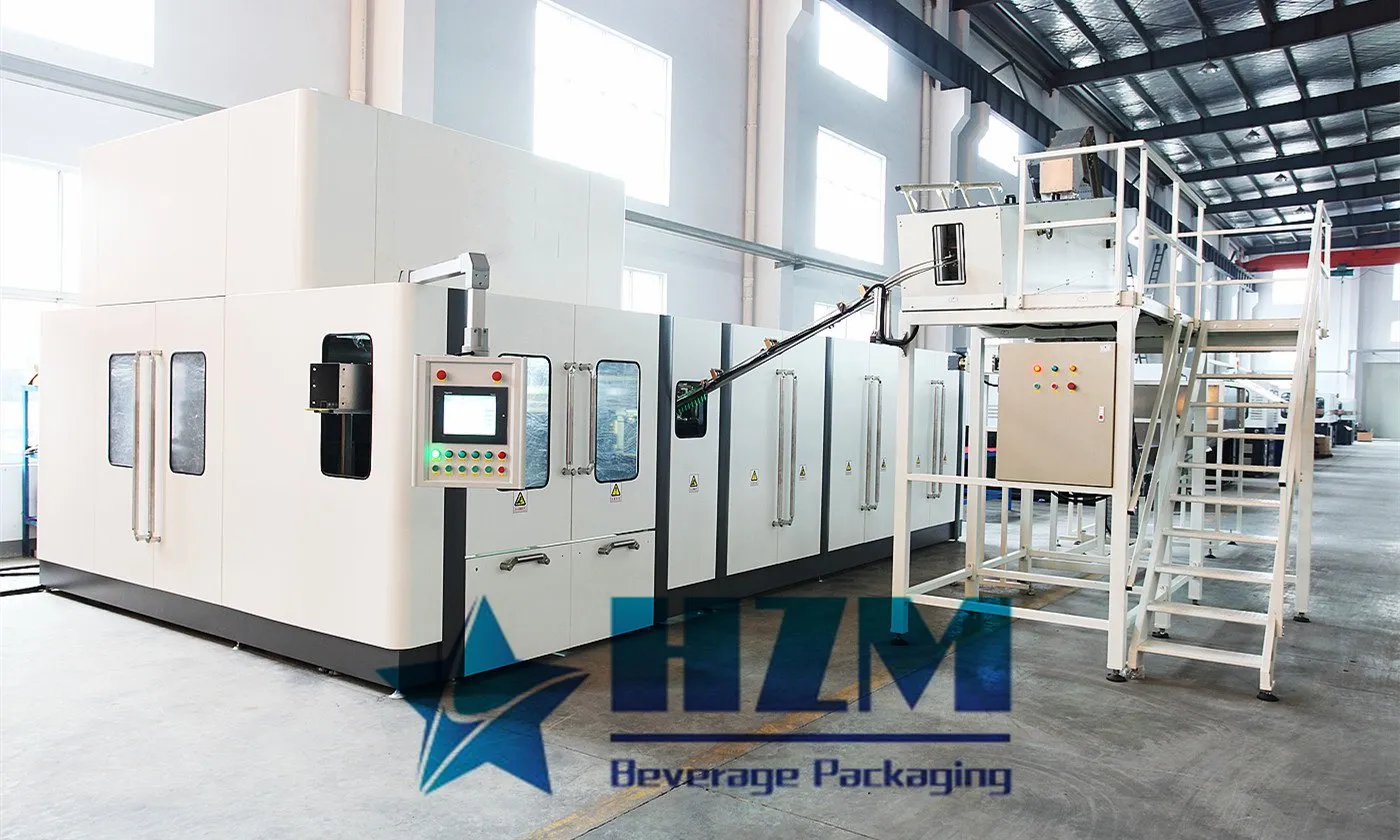
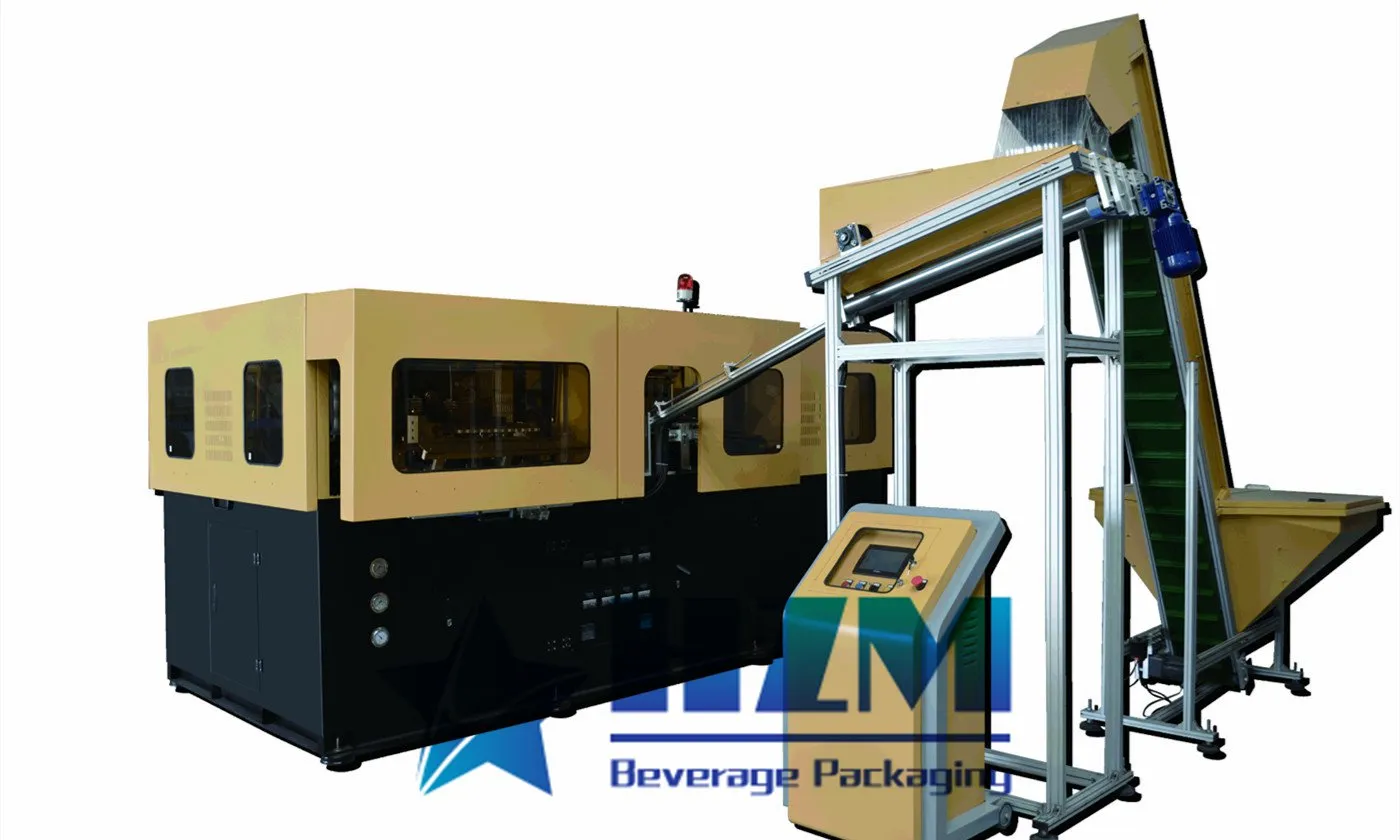
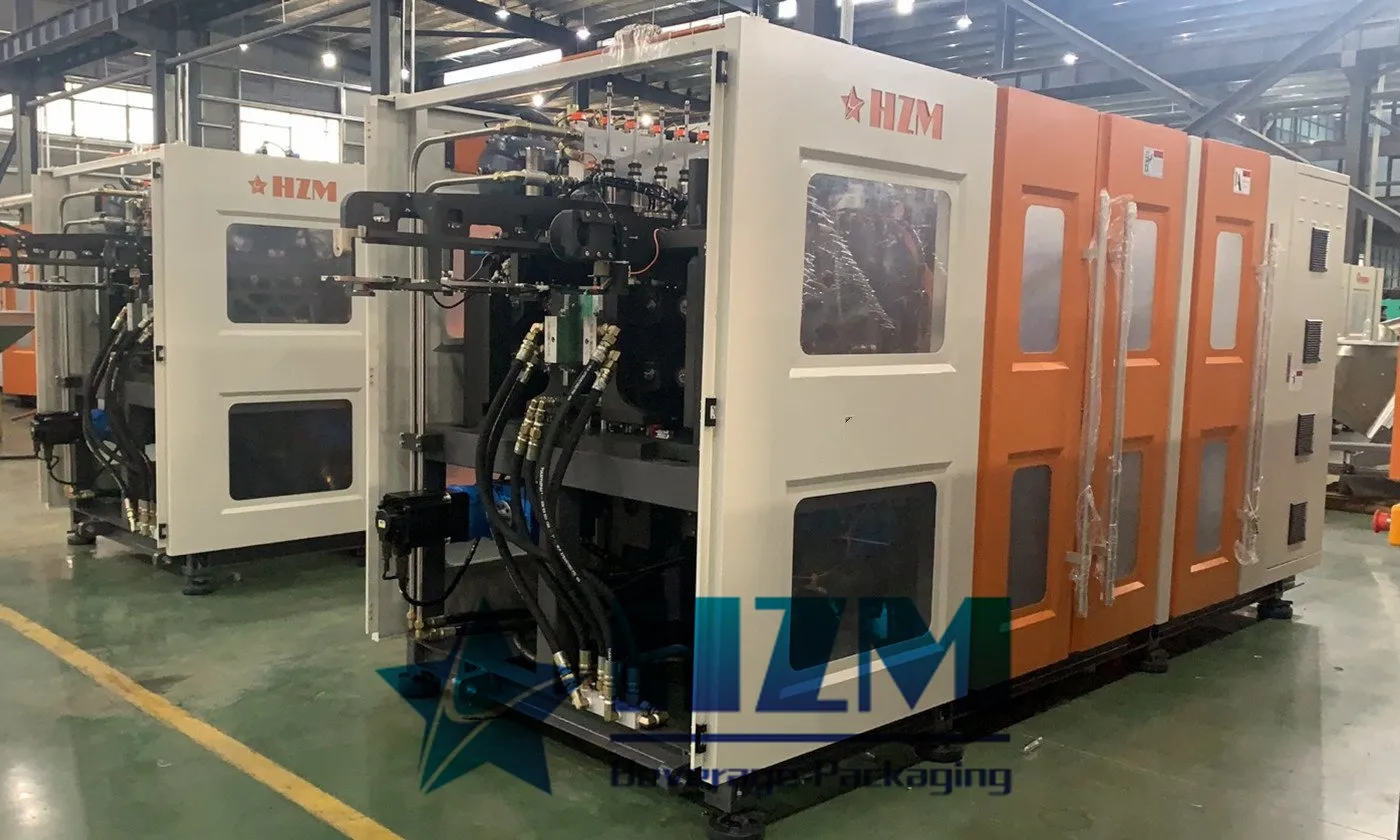
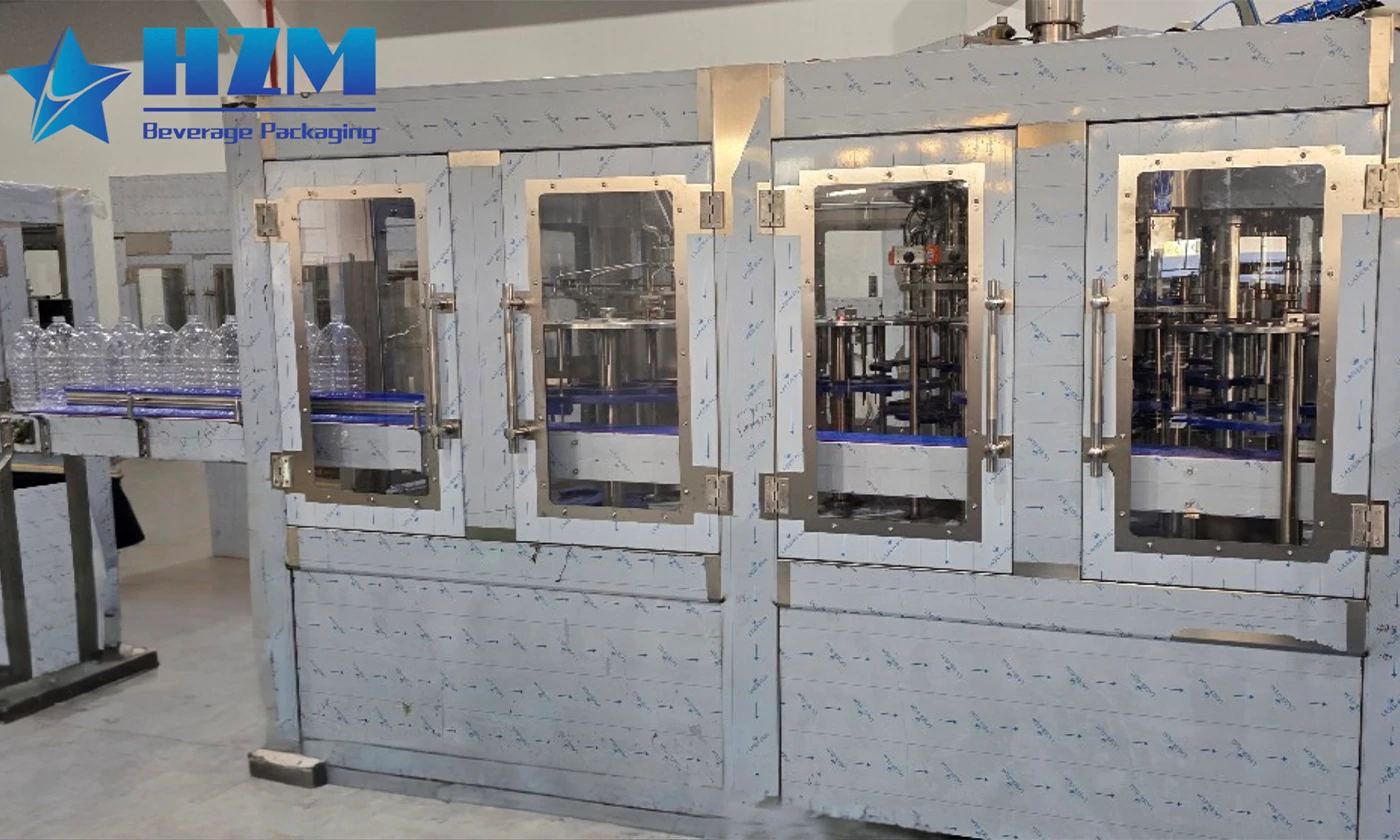
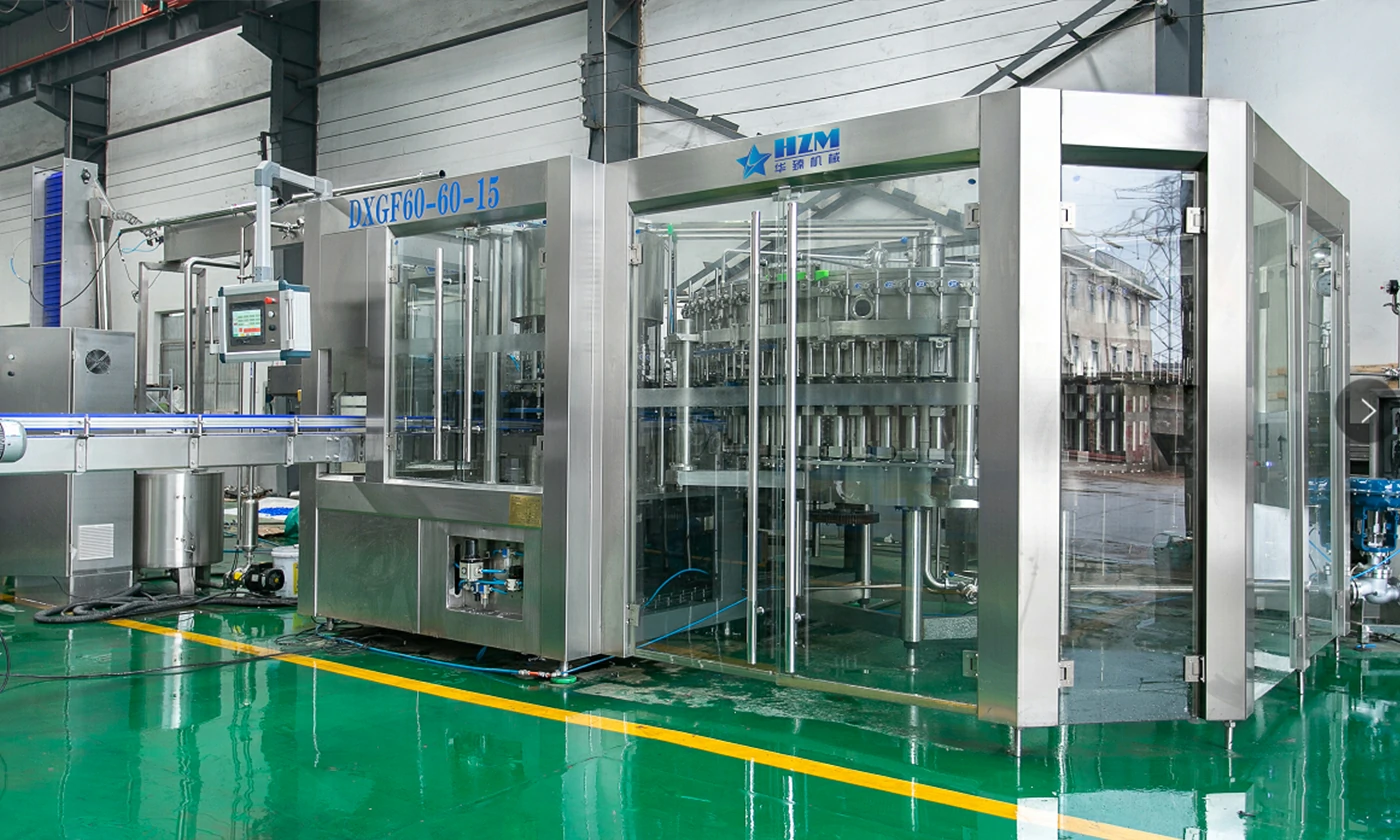
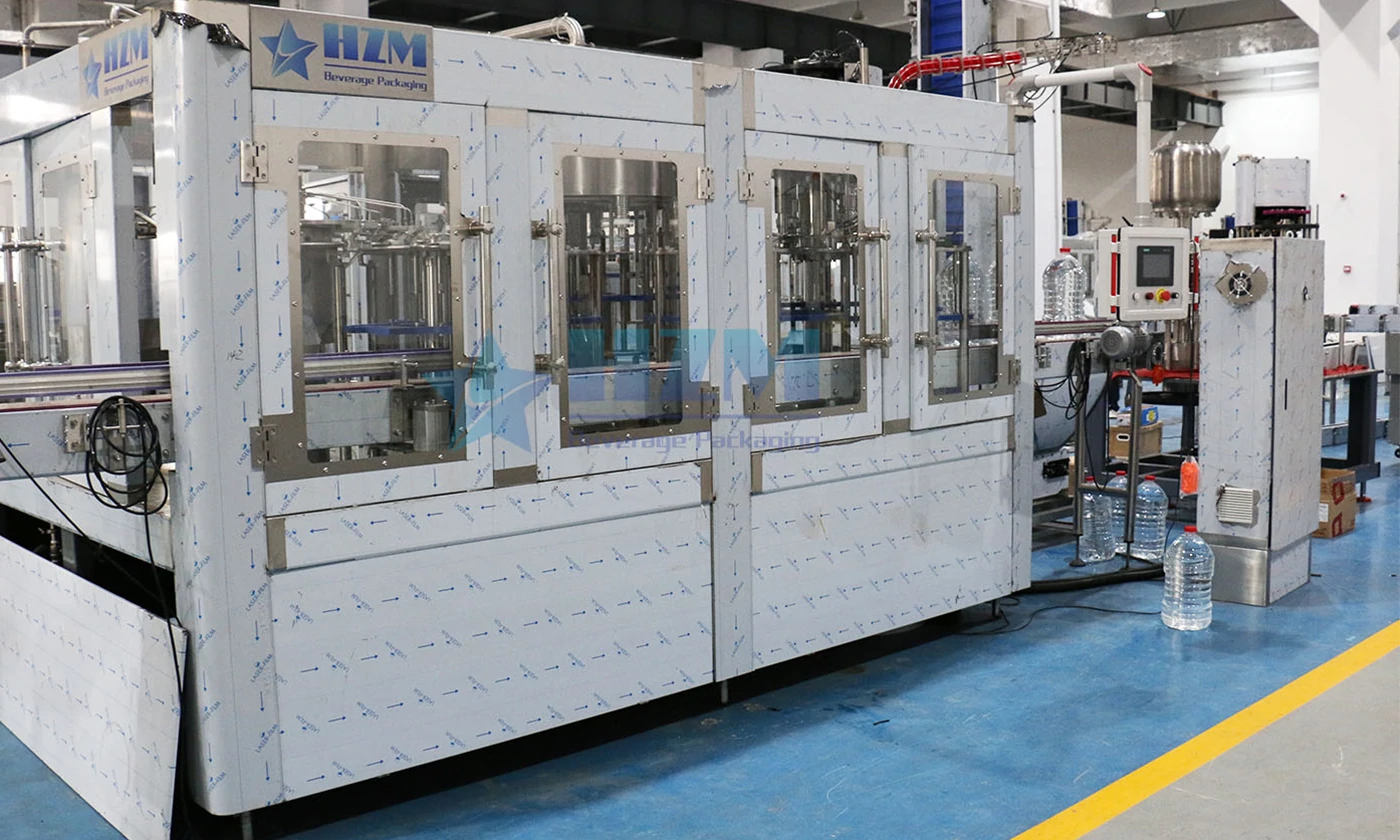
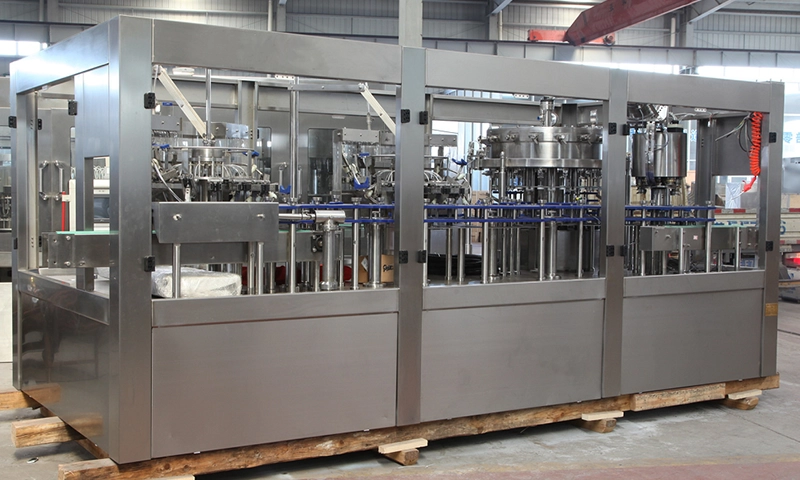
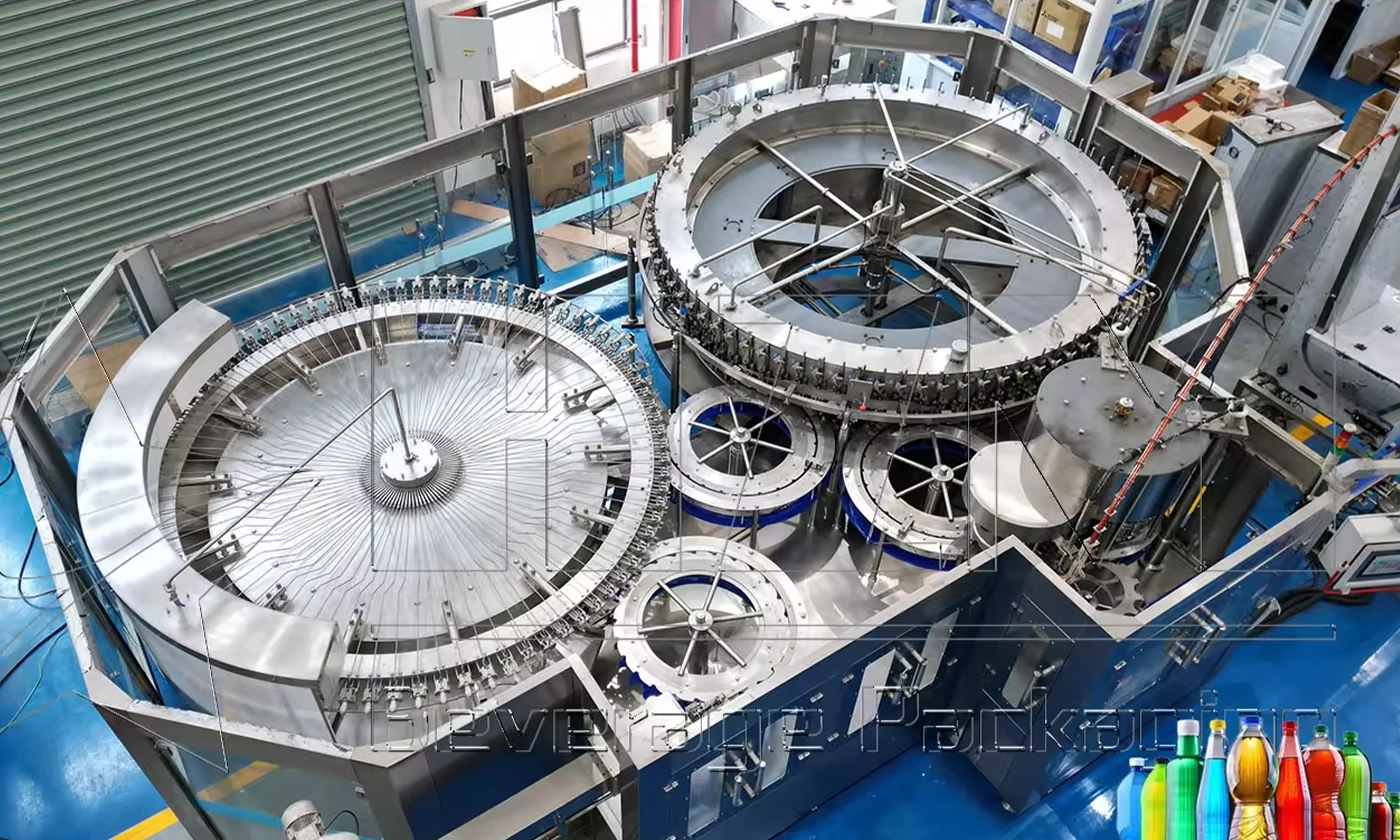
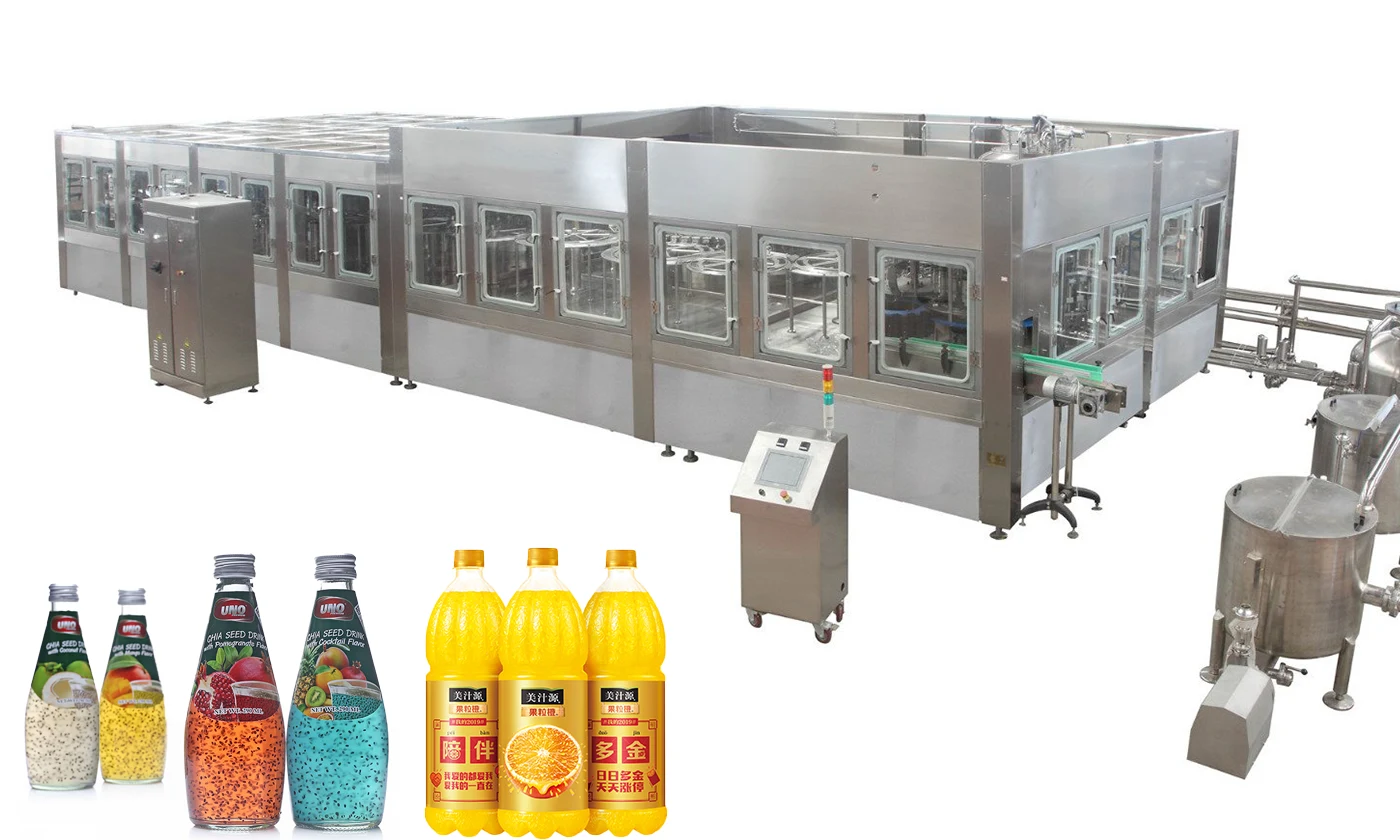
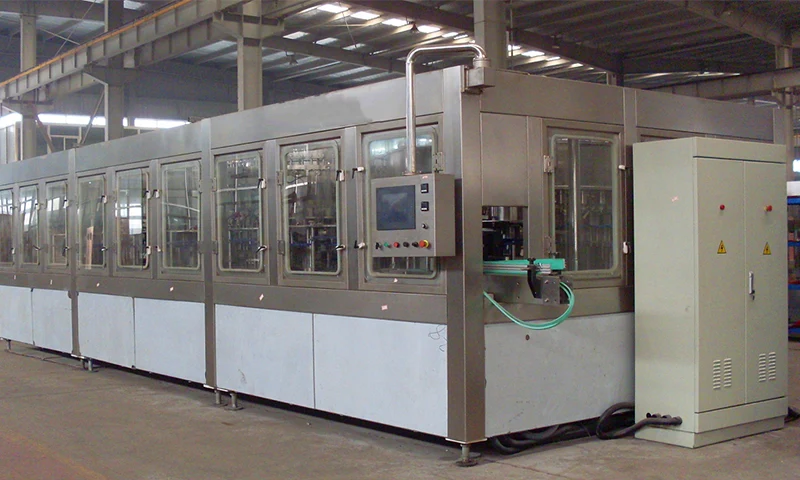
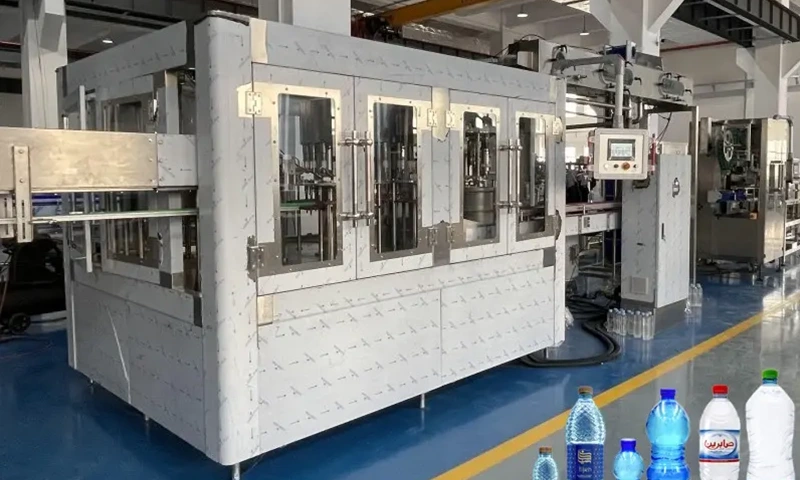
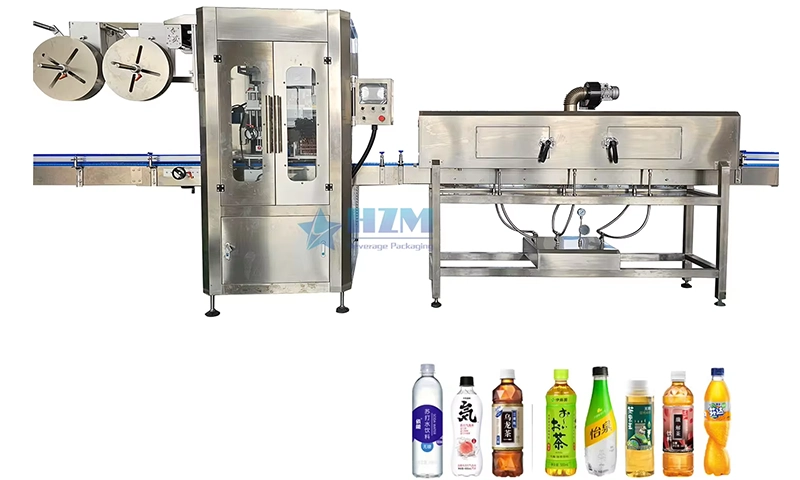
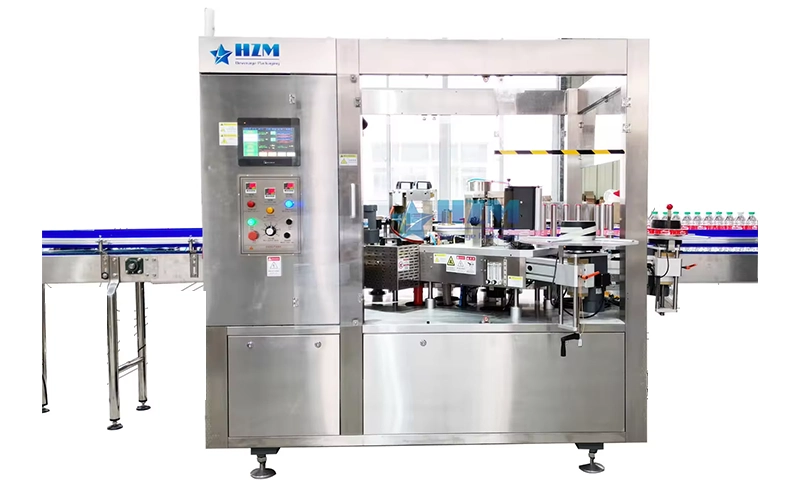
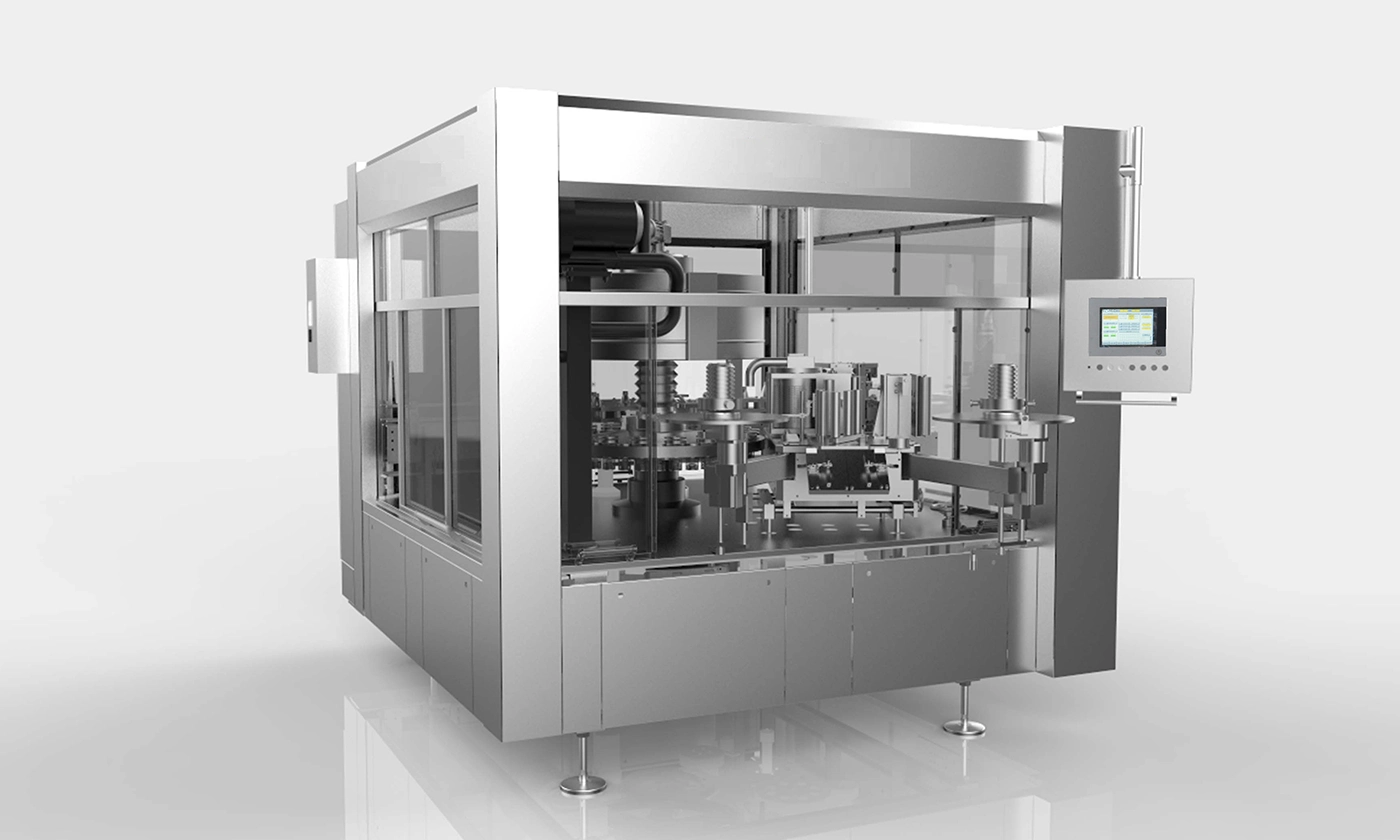
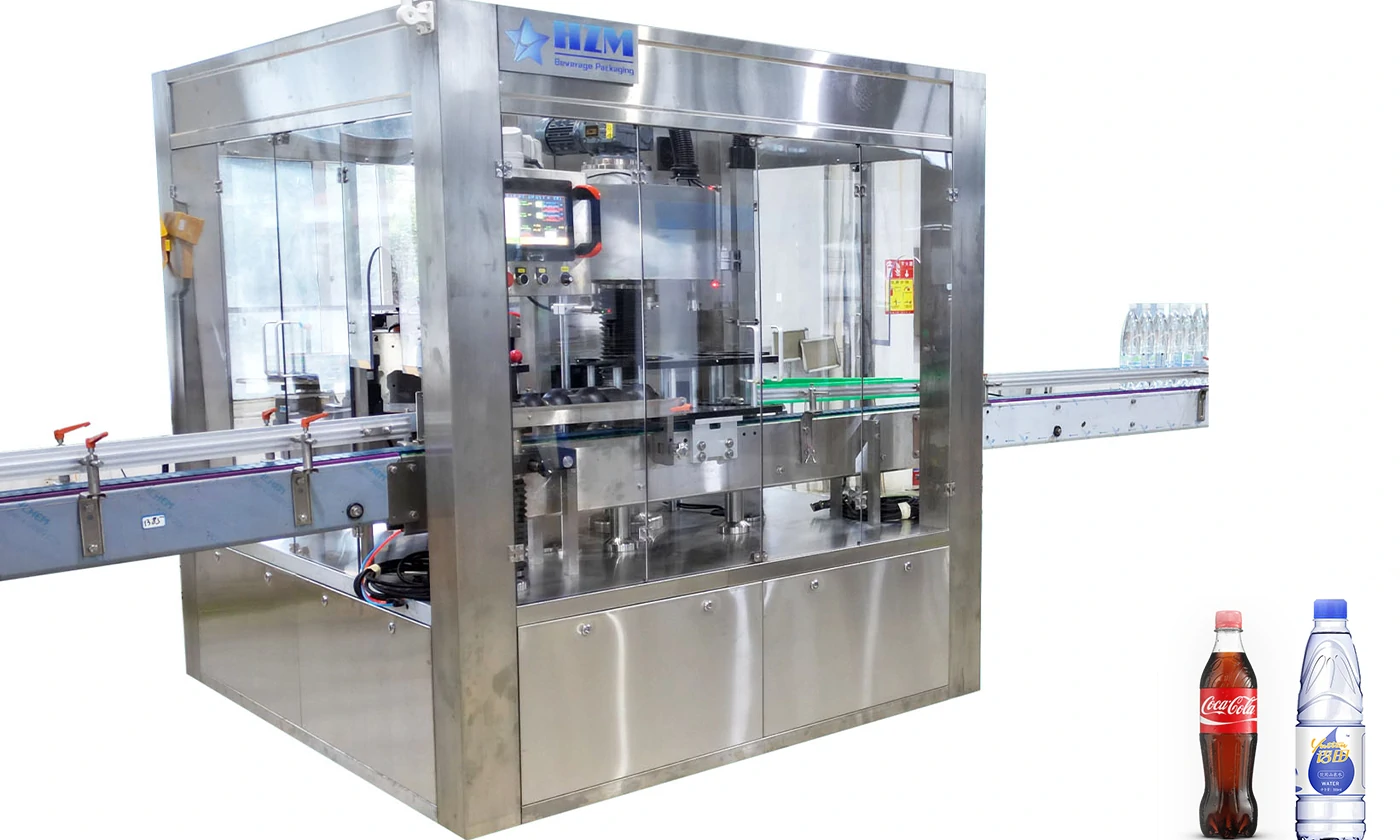
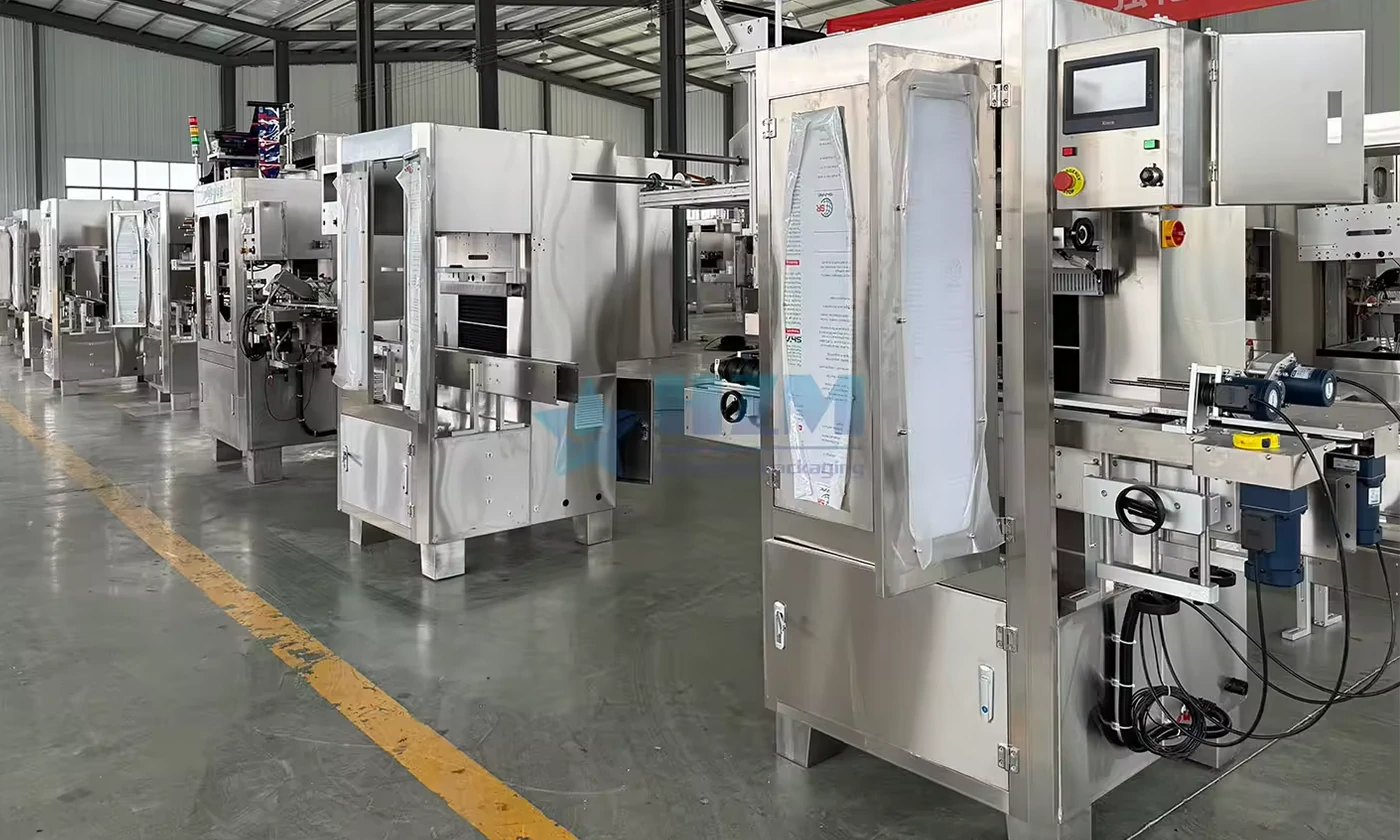
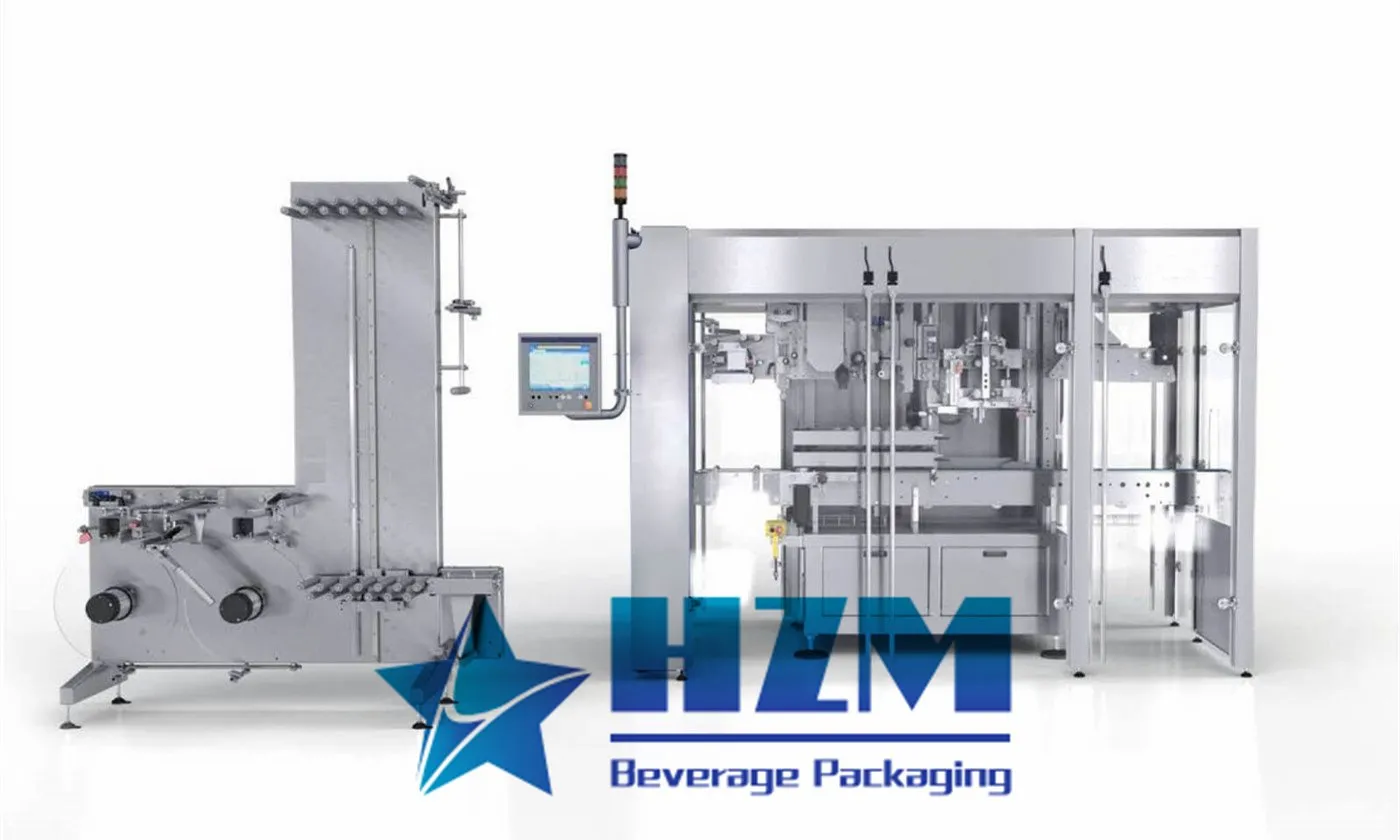
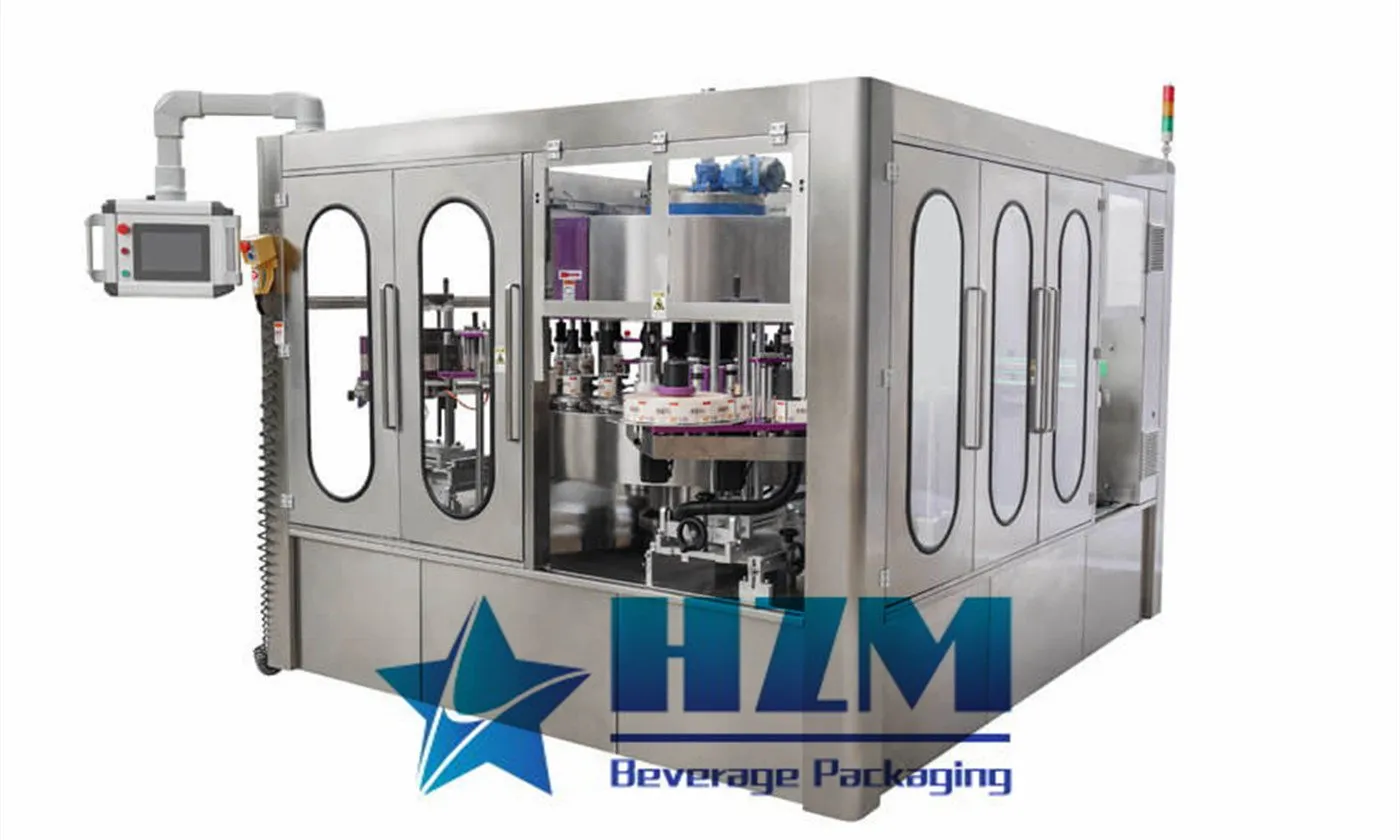
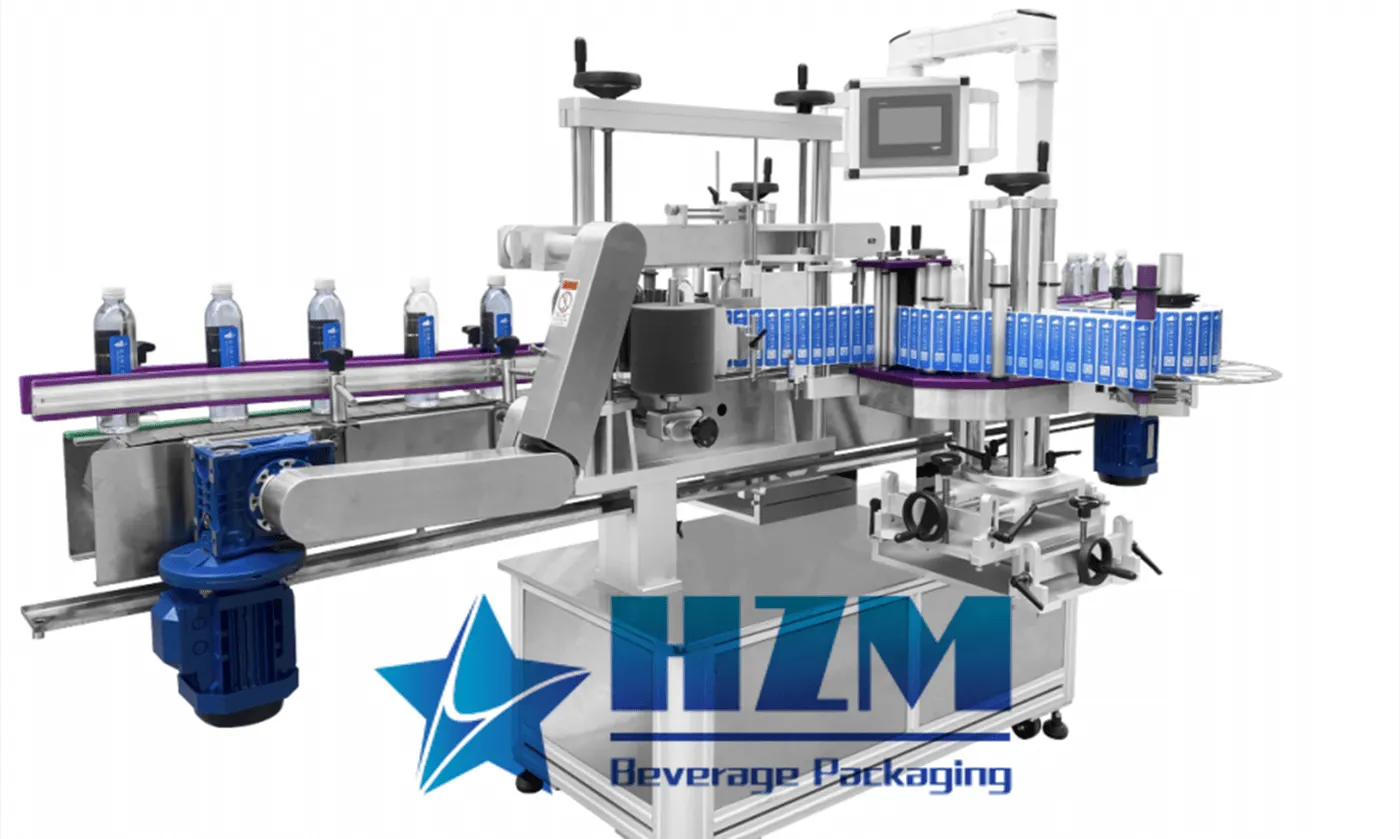
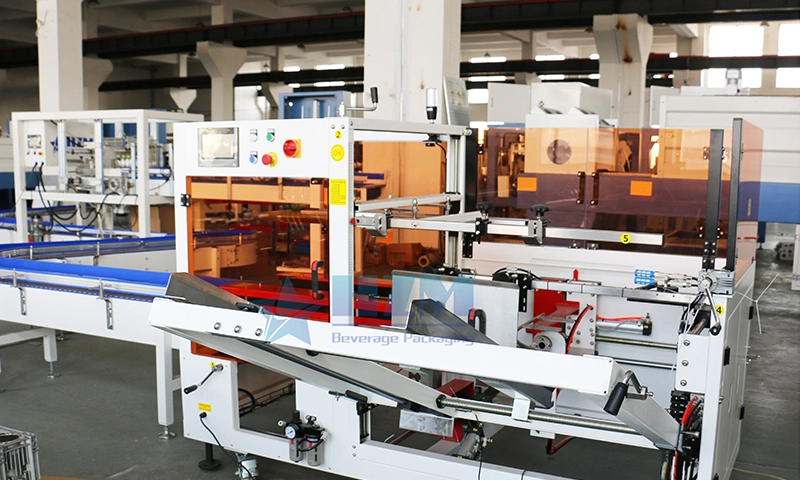
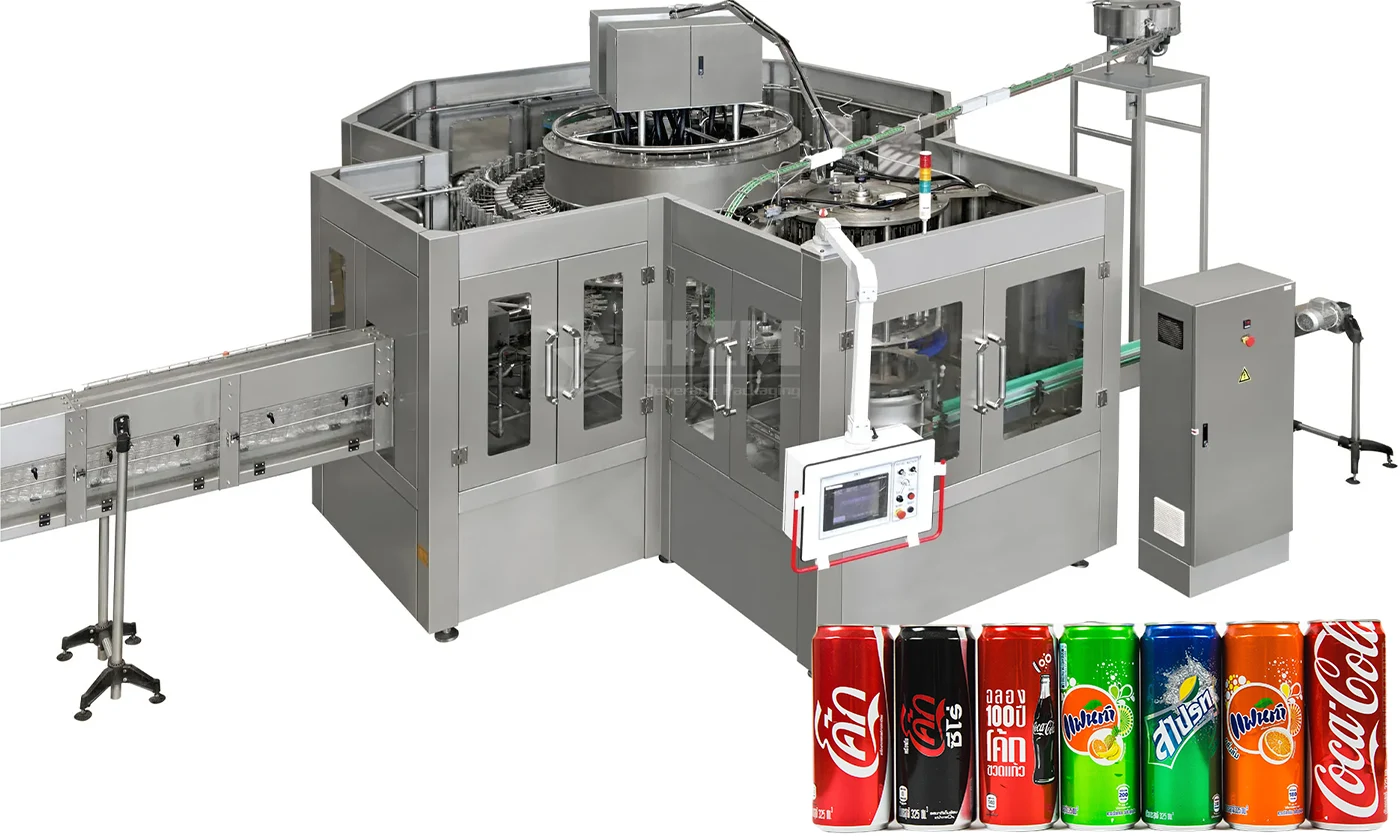
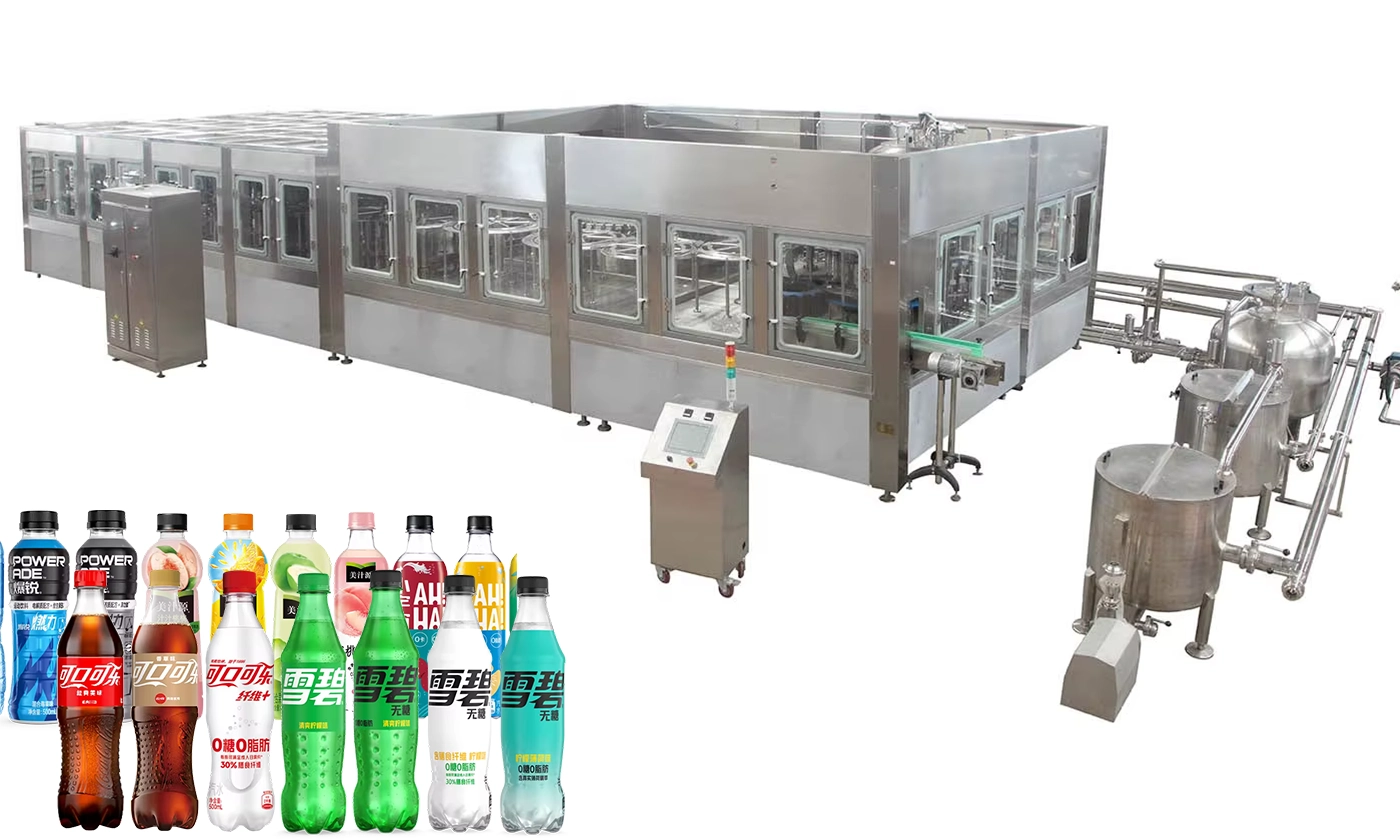
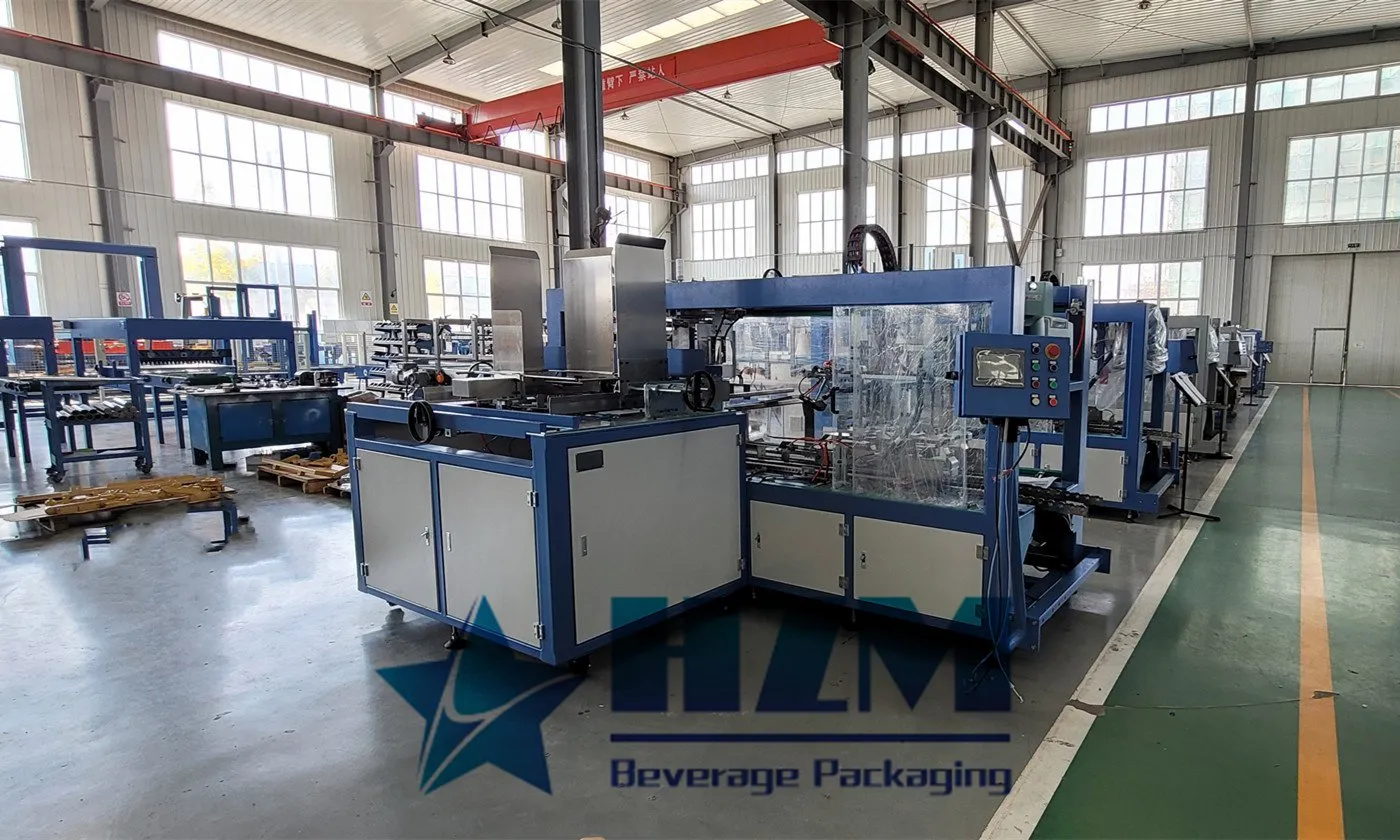
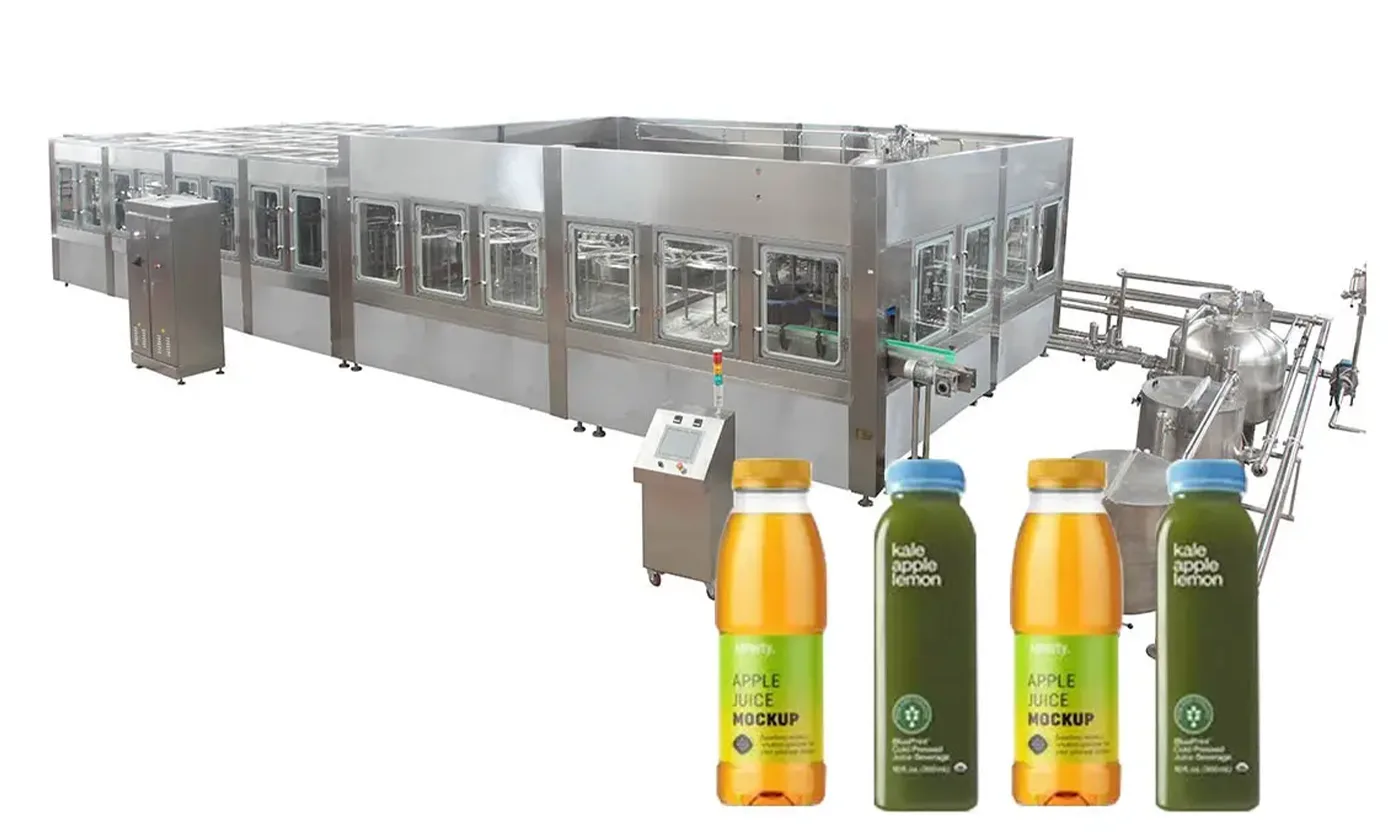
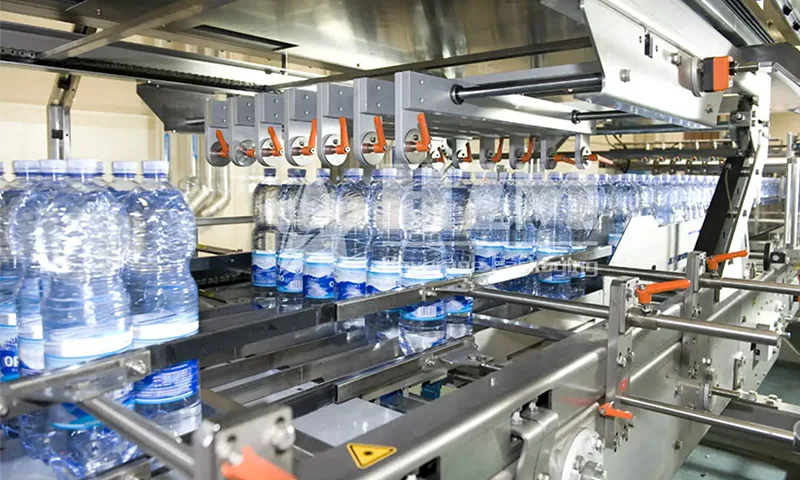
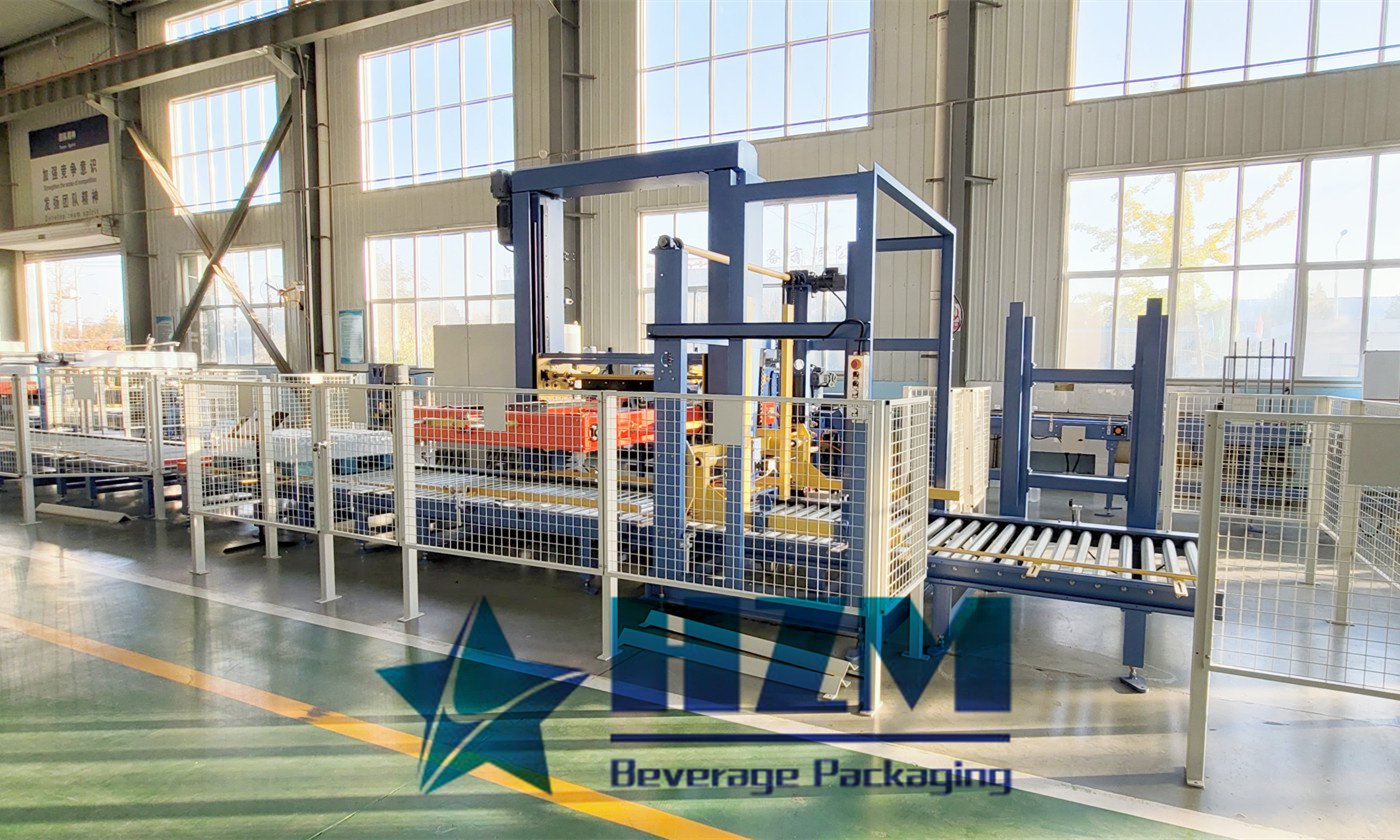
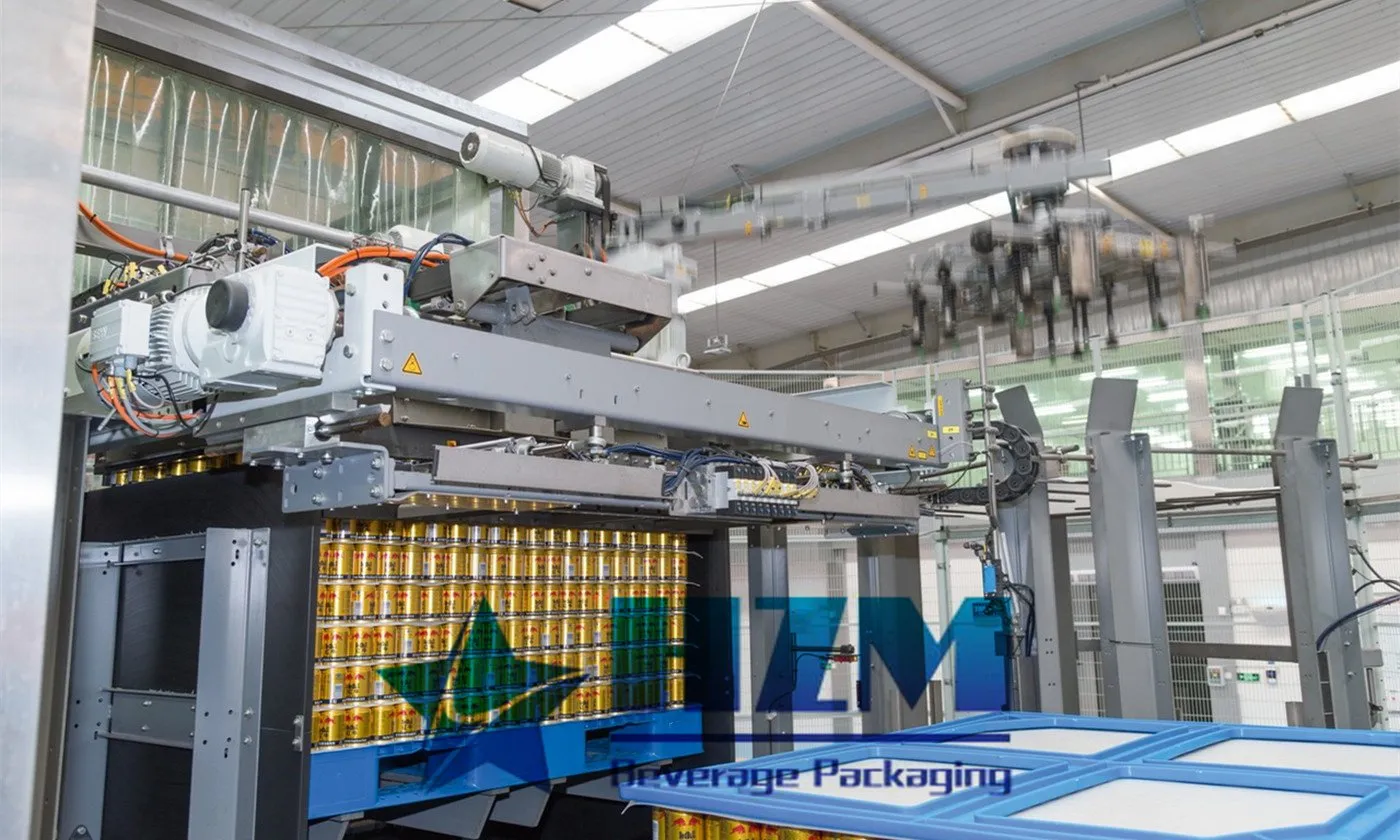
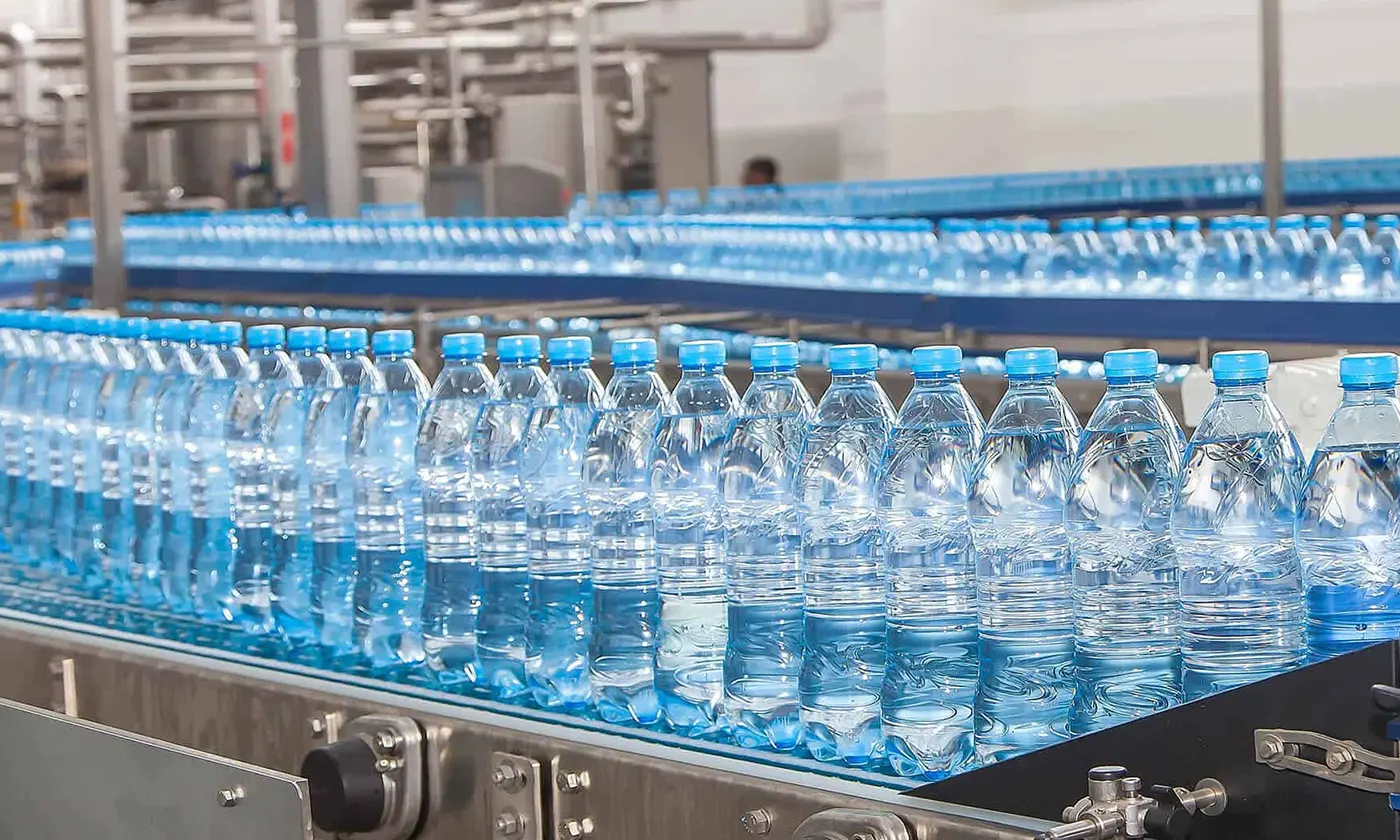
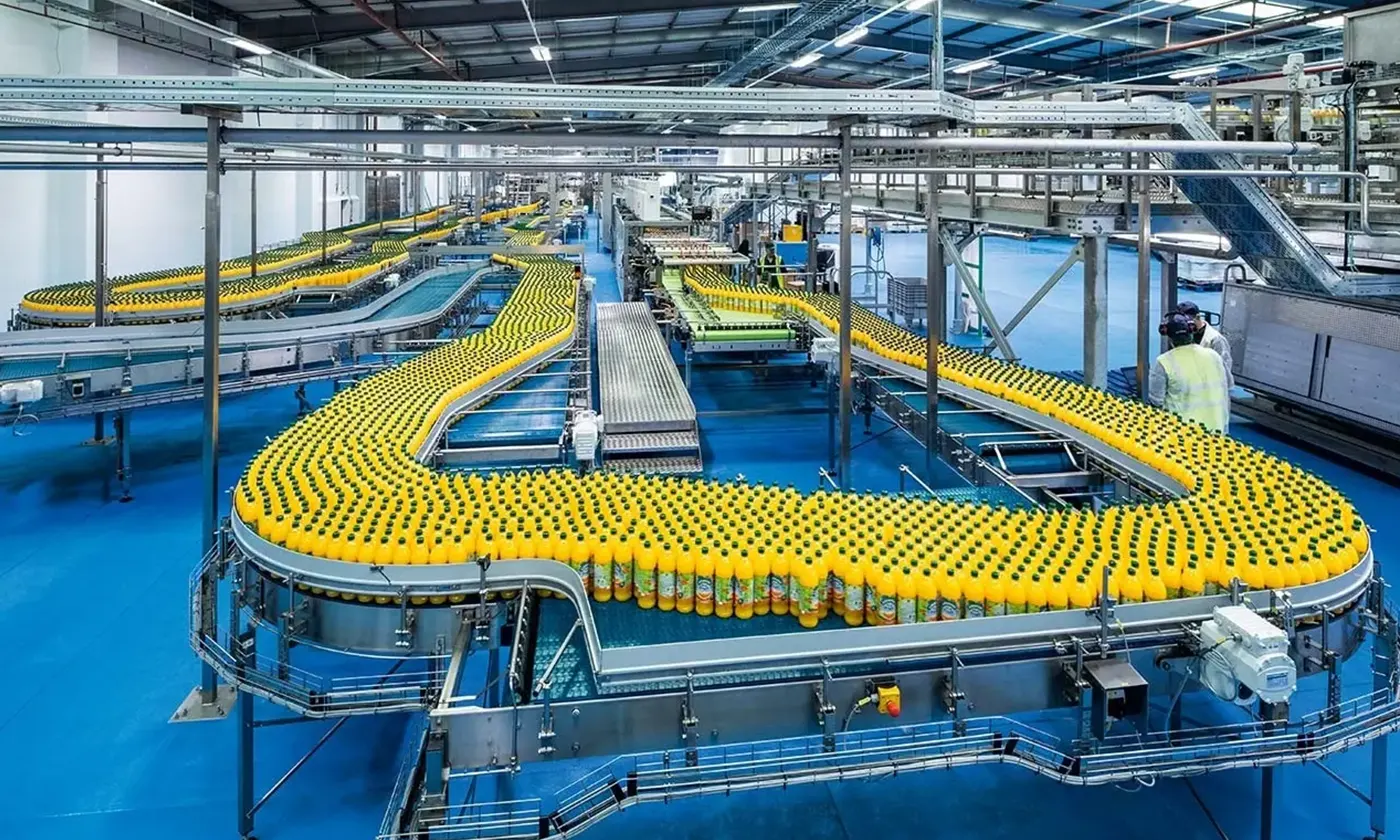
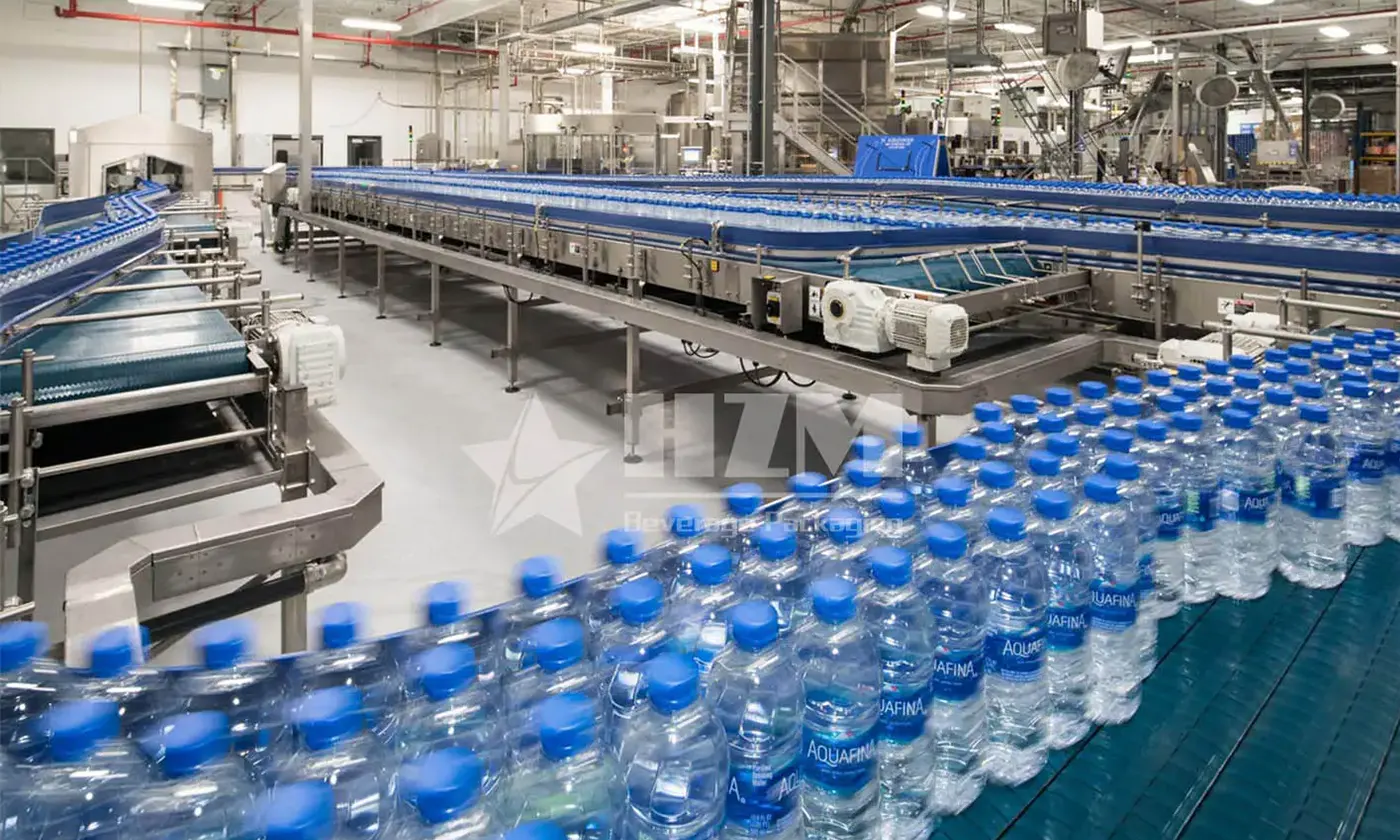
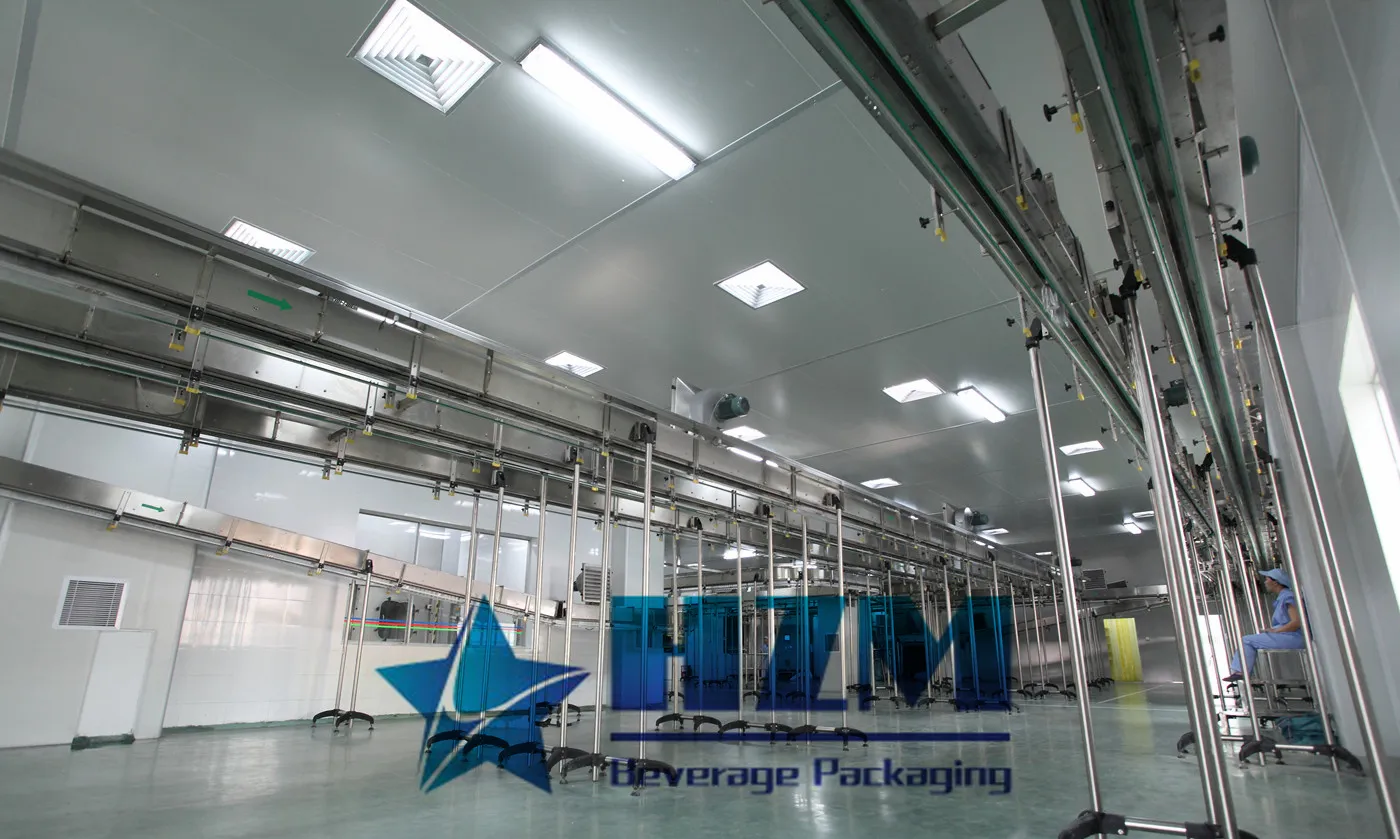
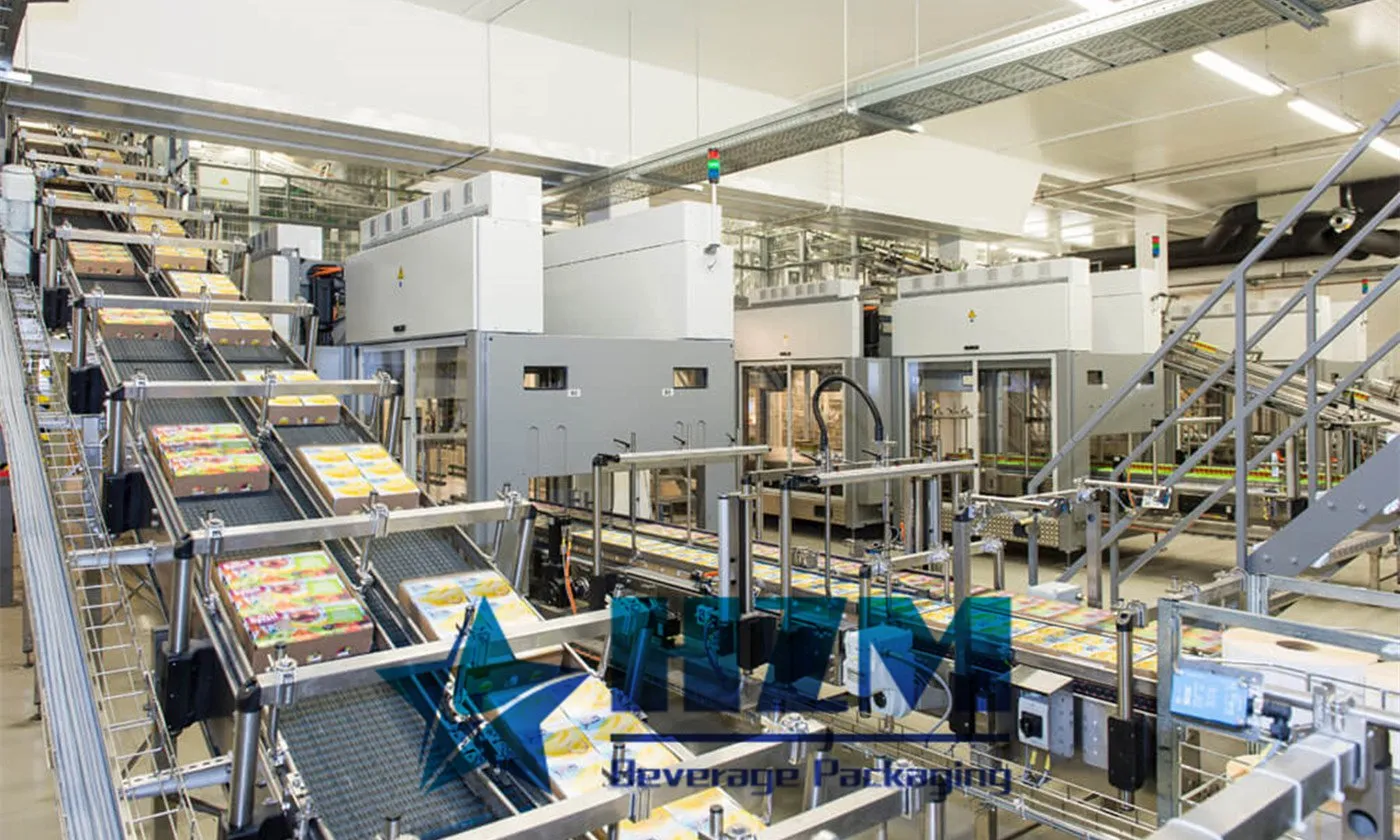
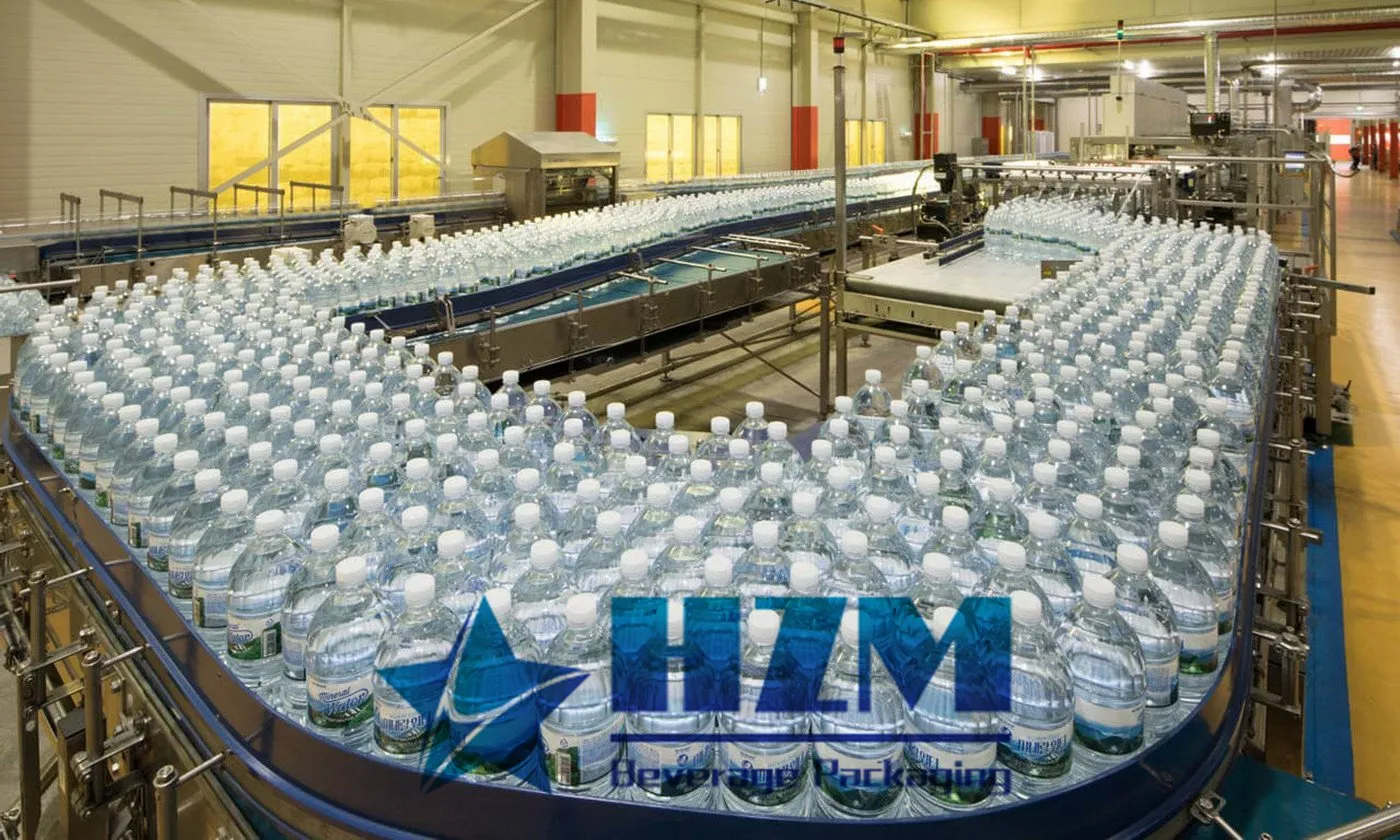
 Home /
Home / 